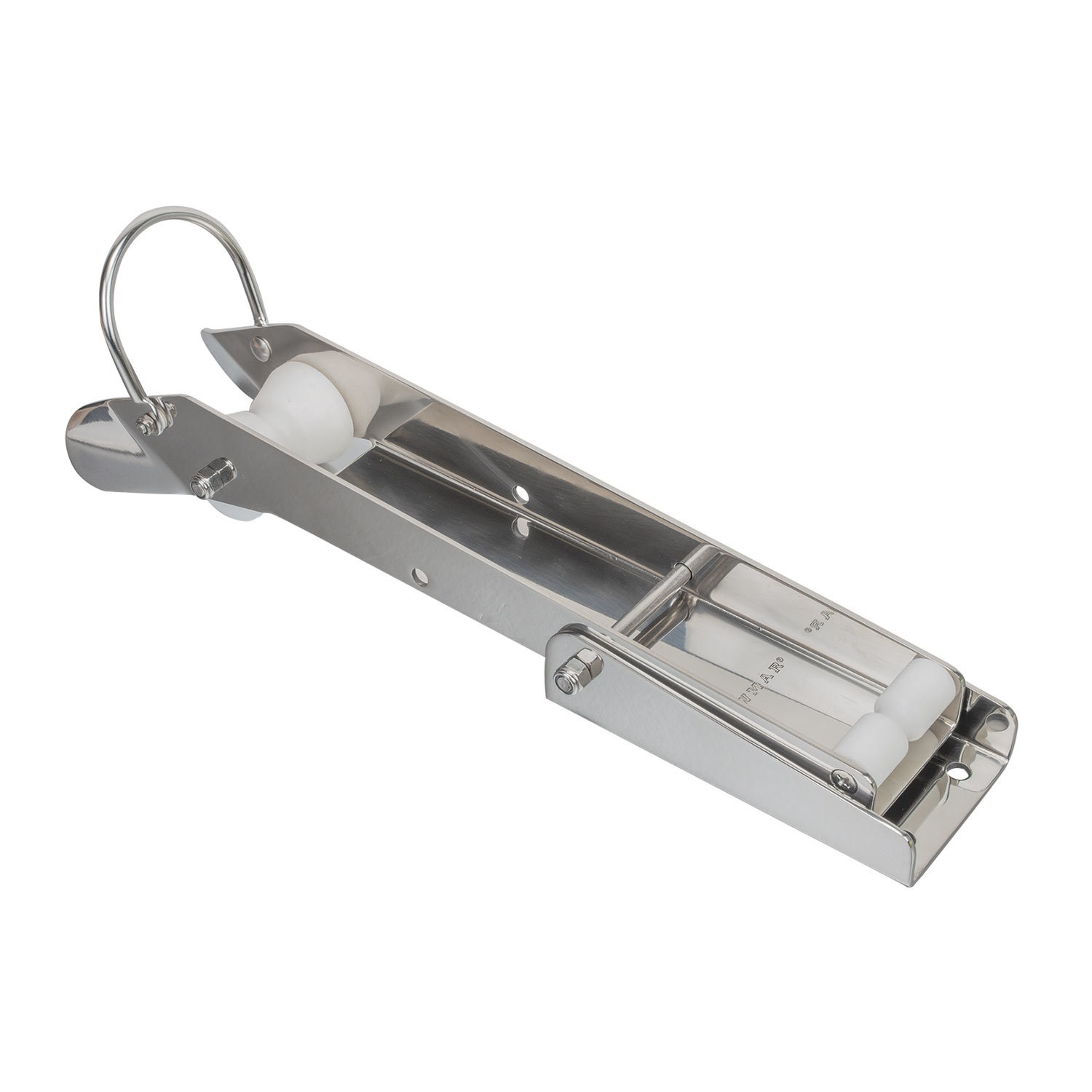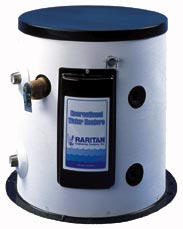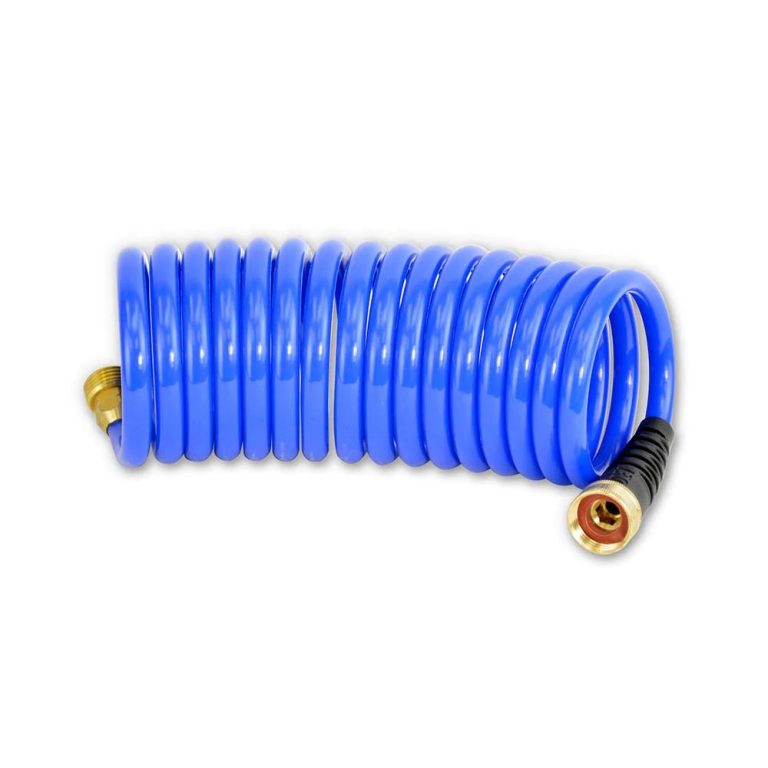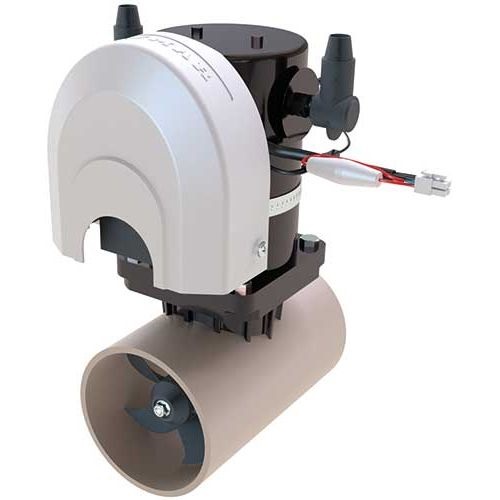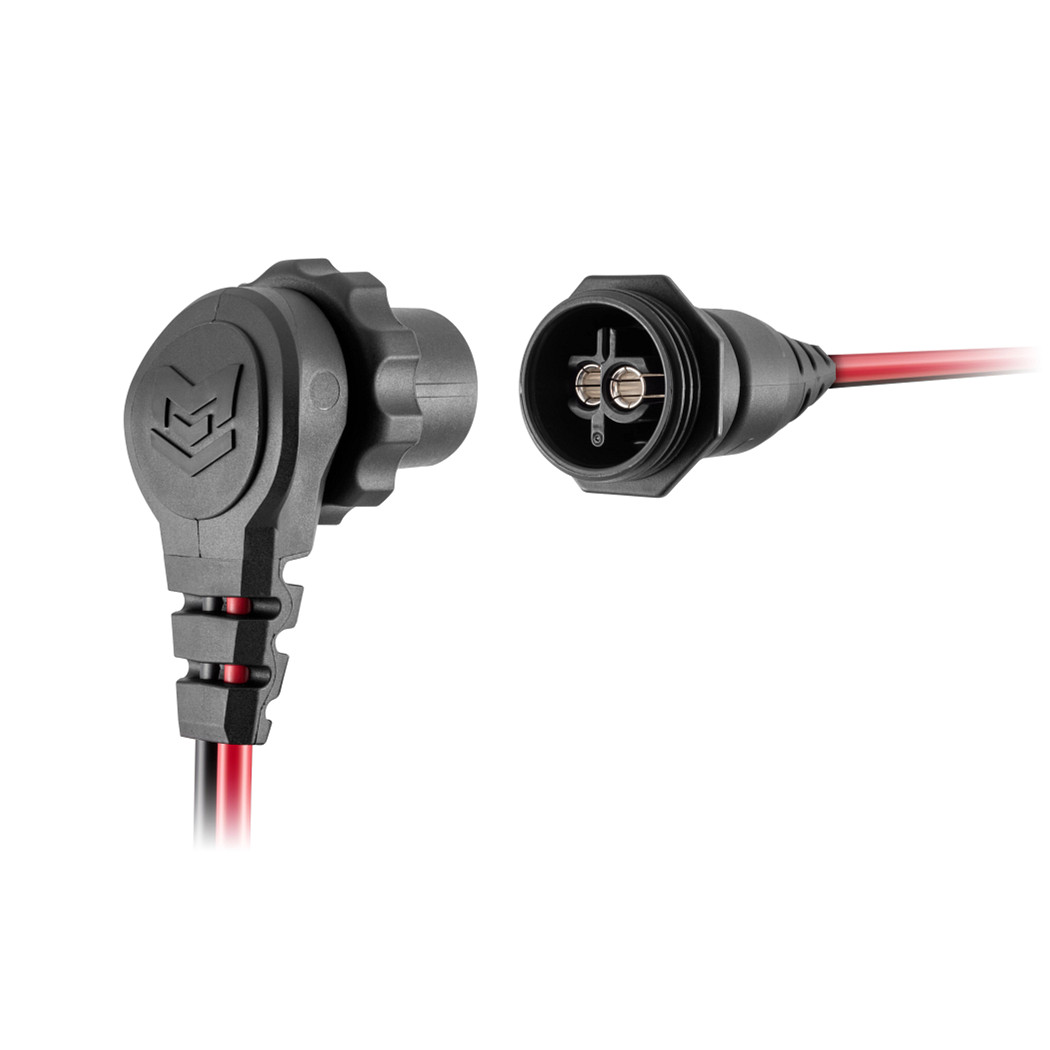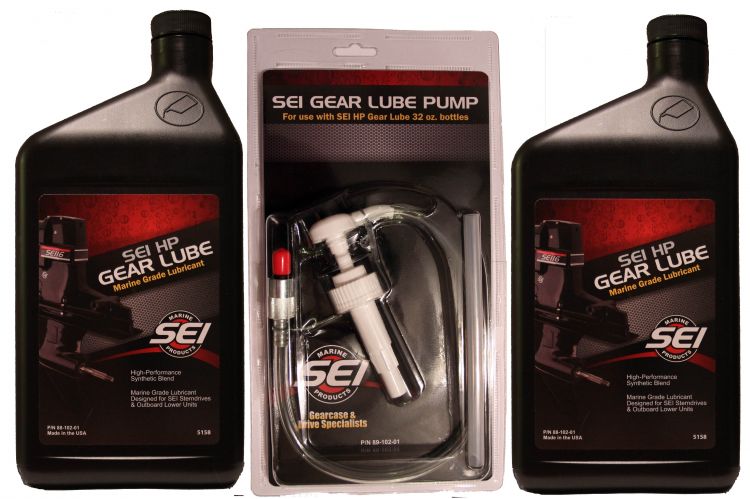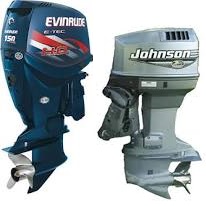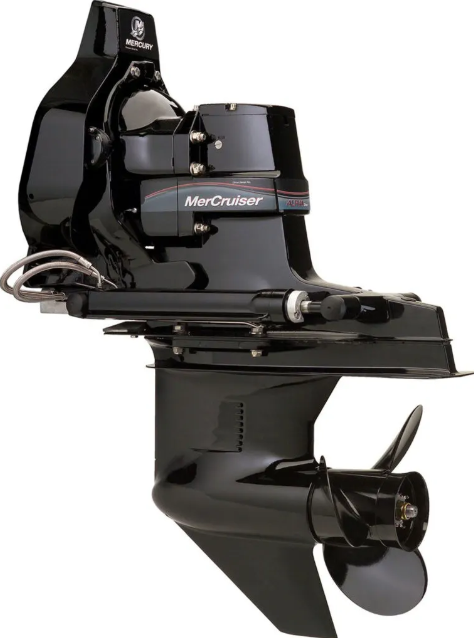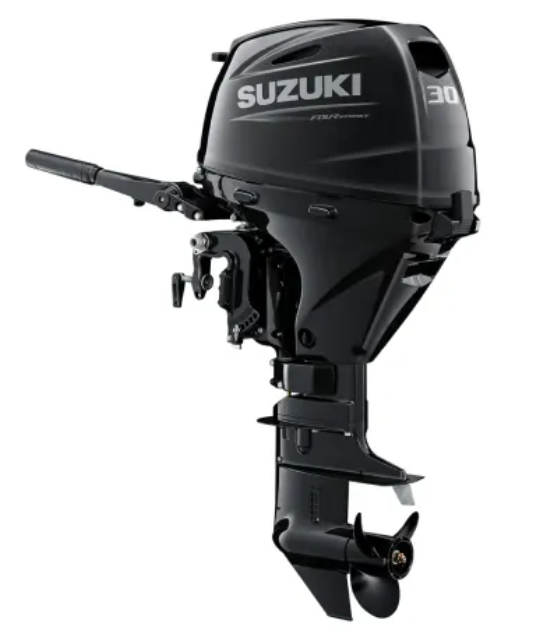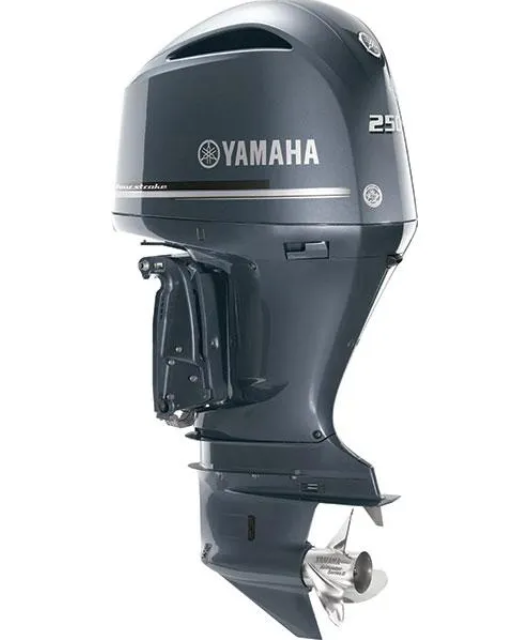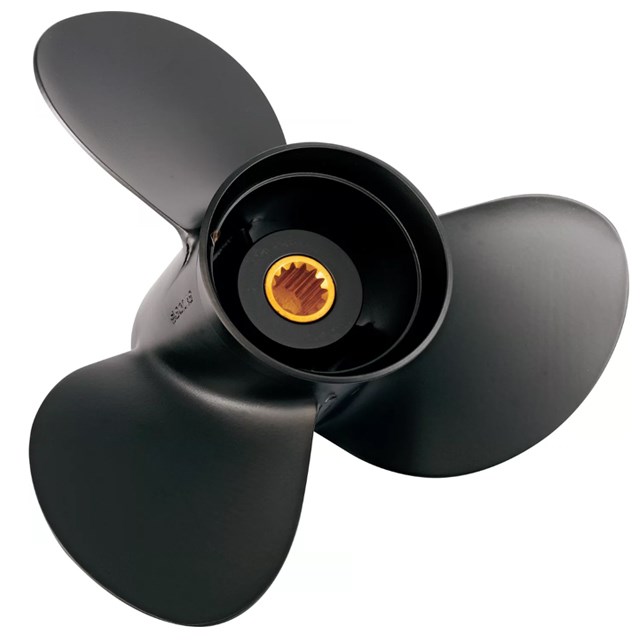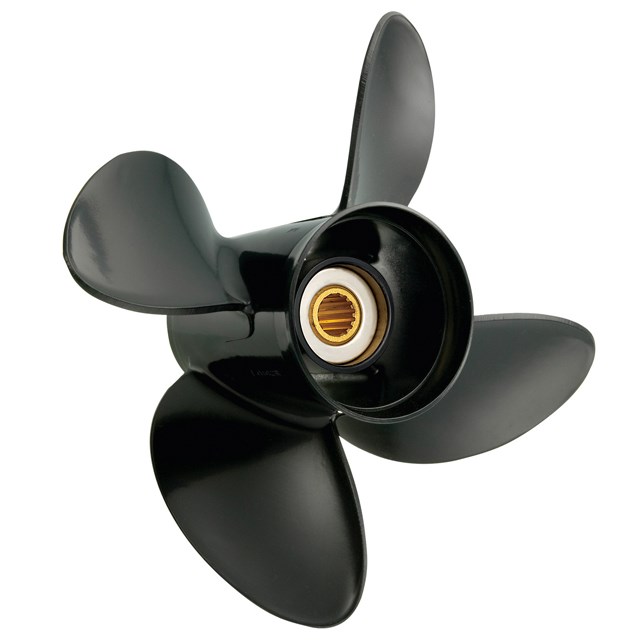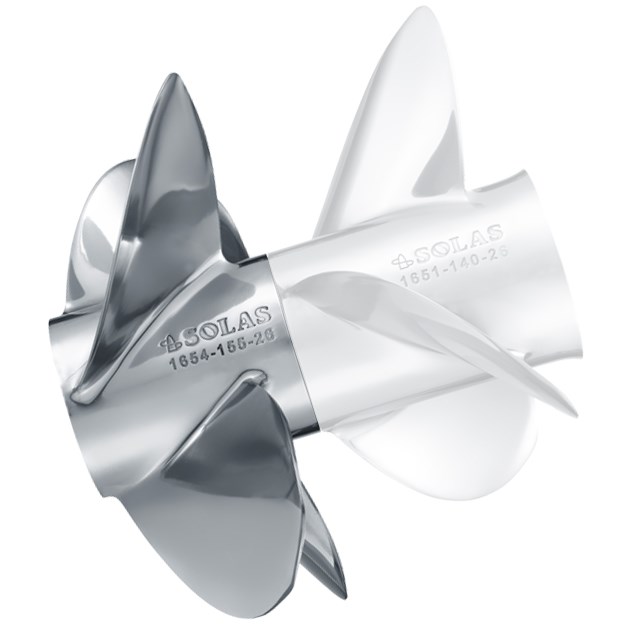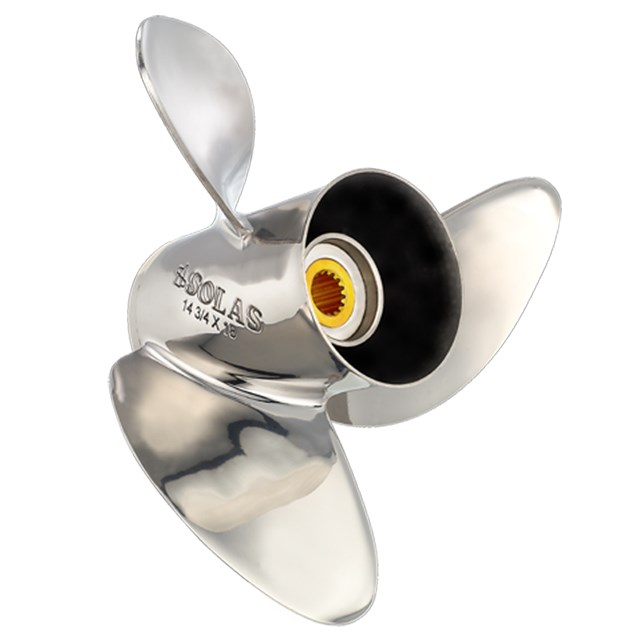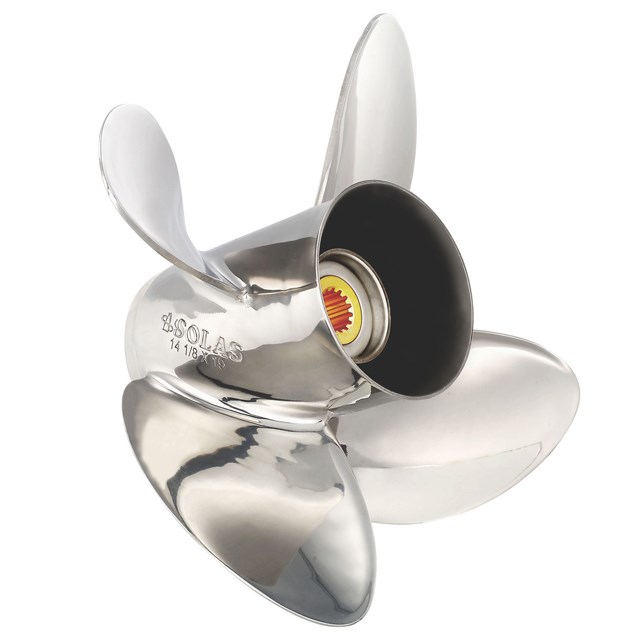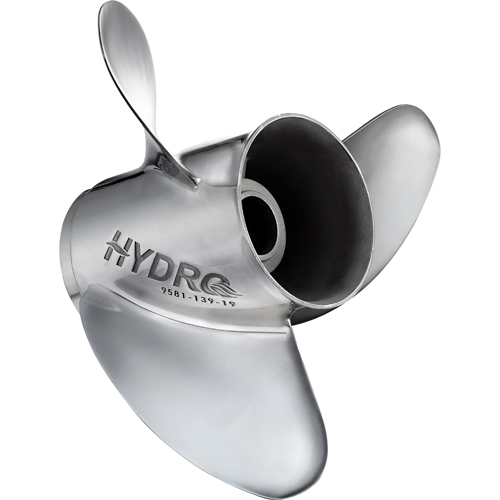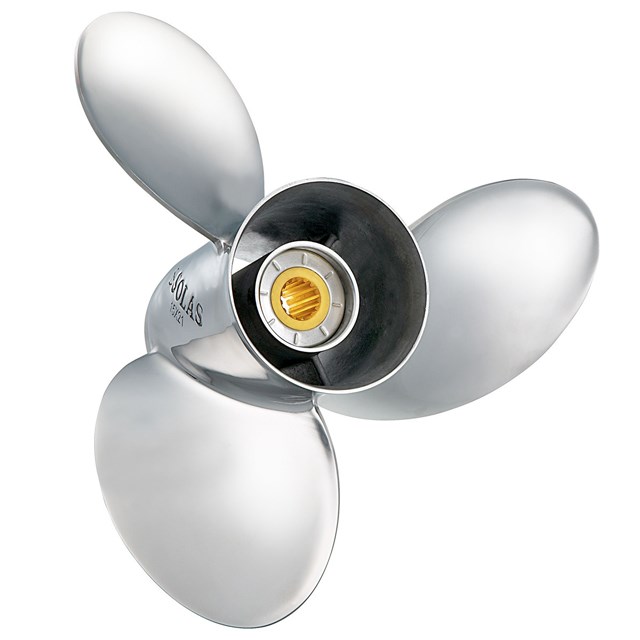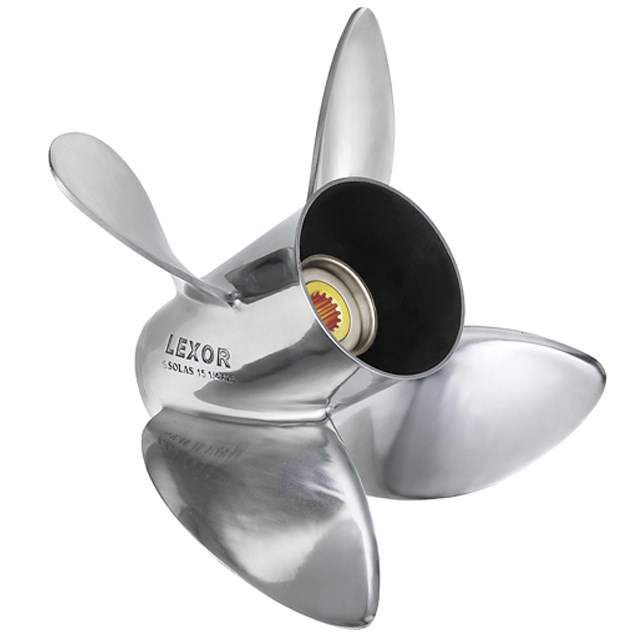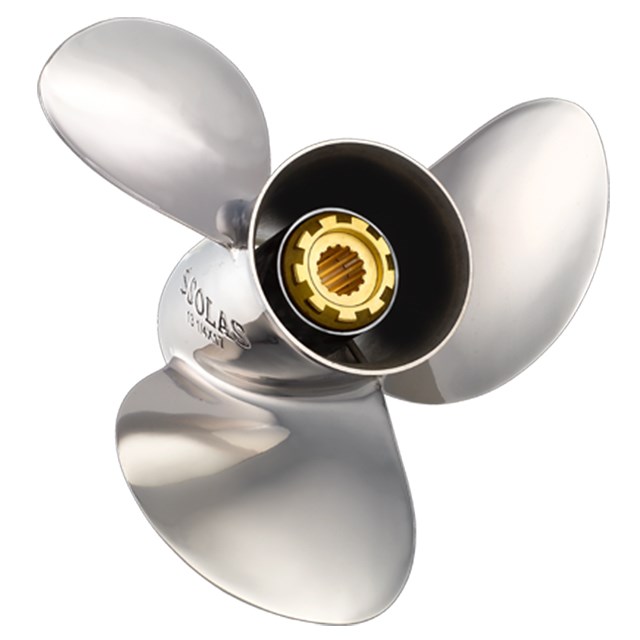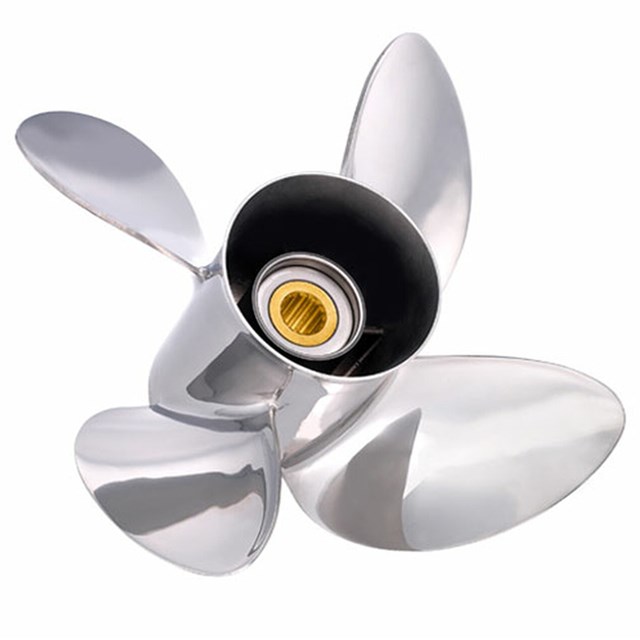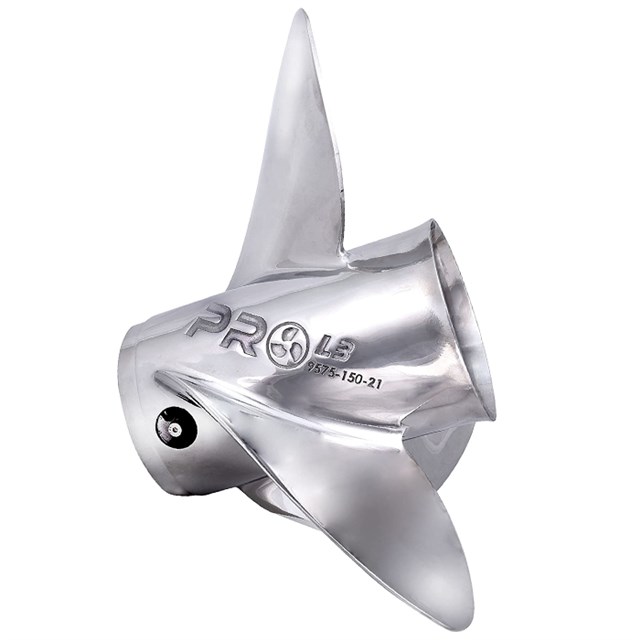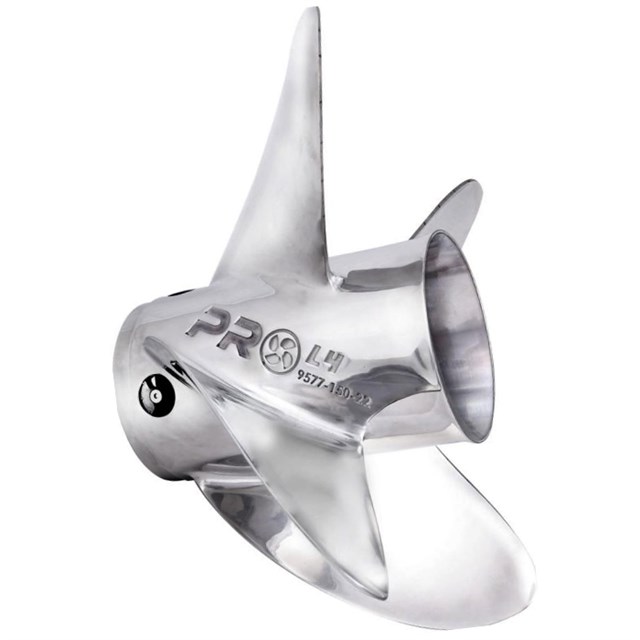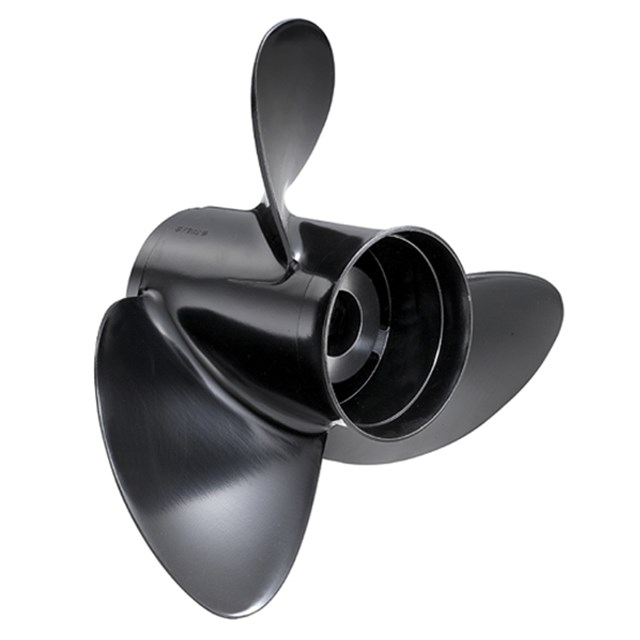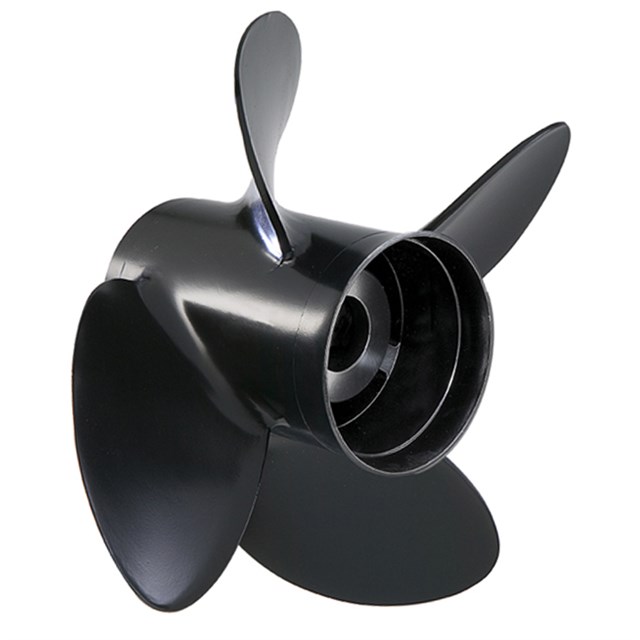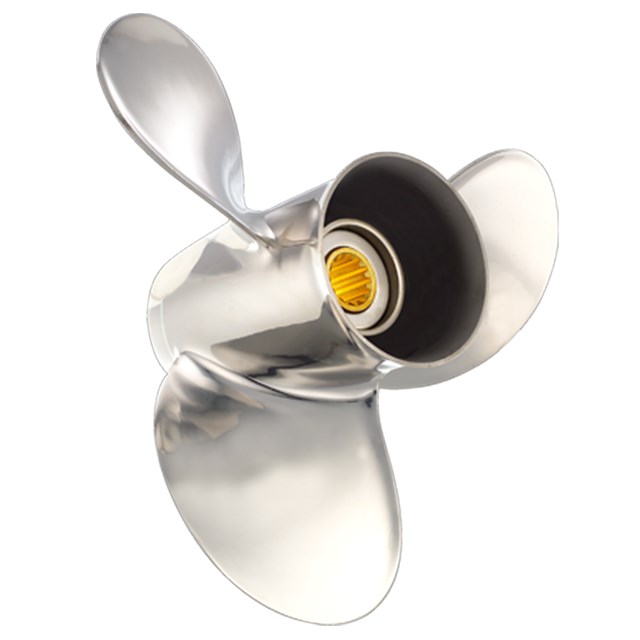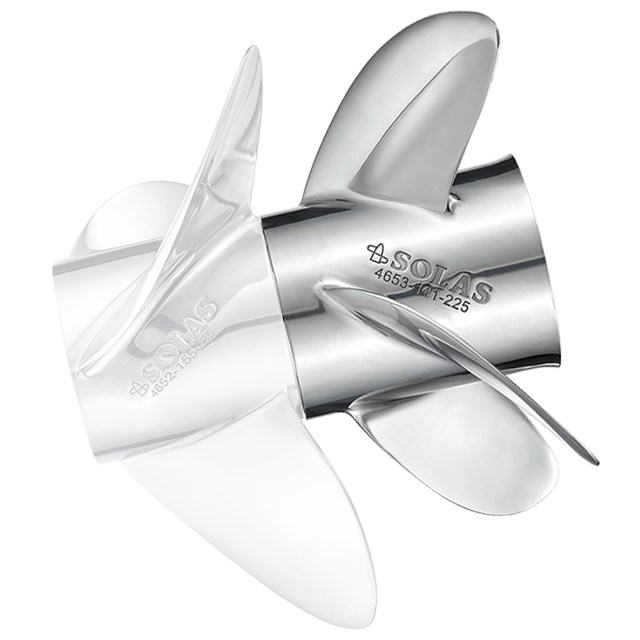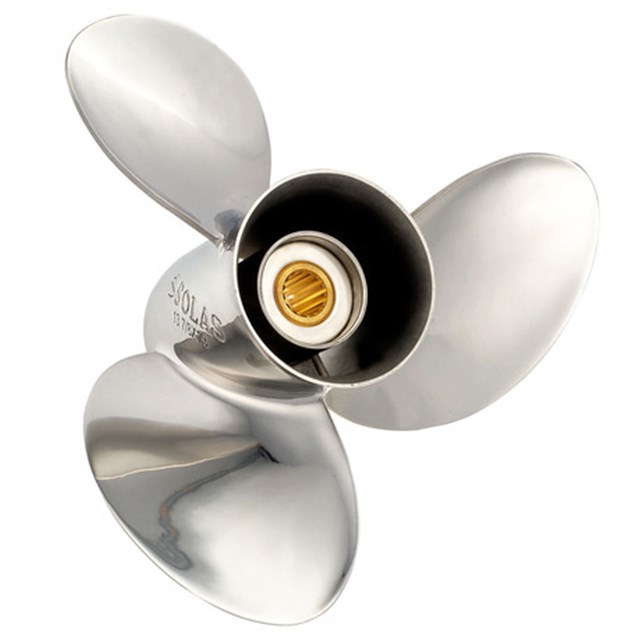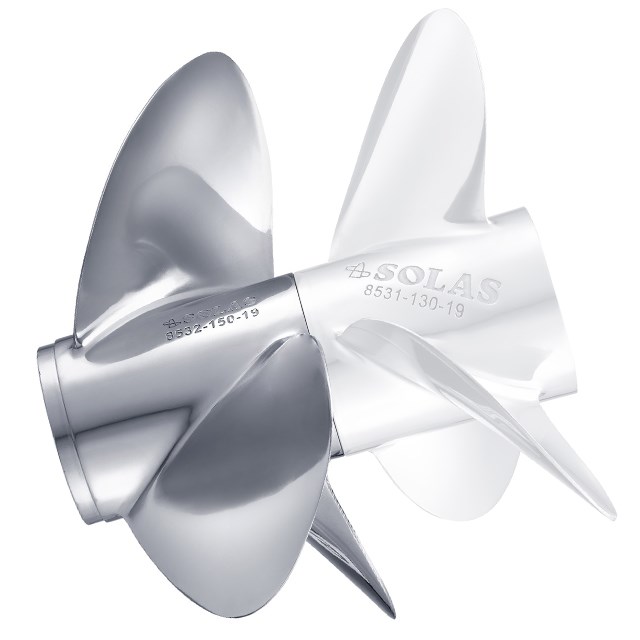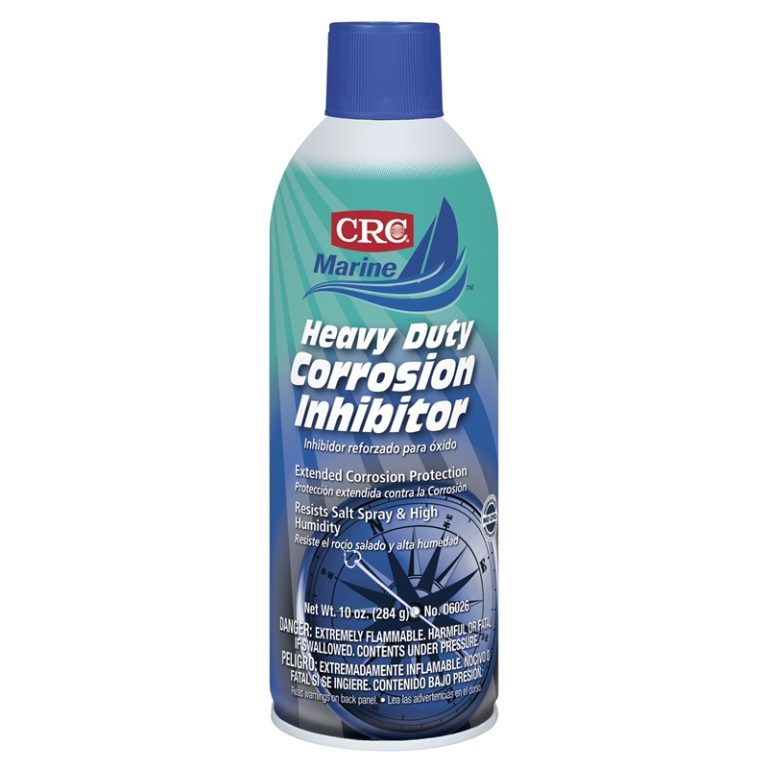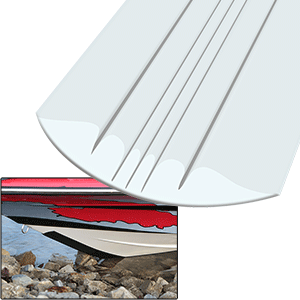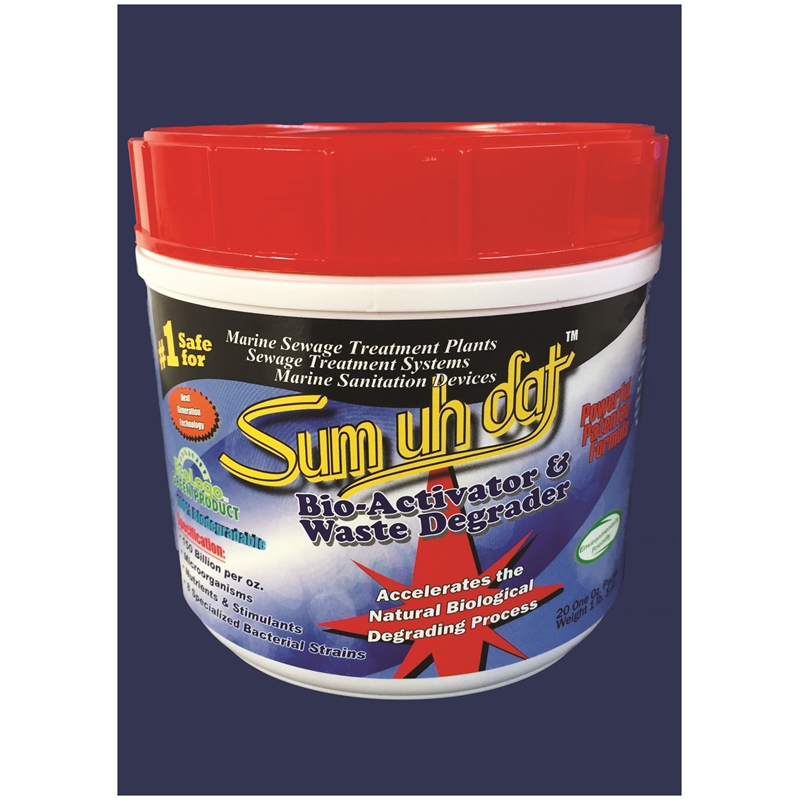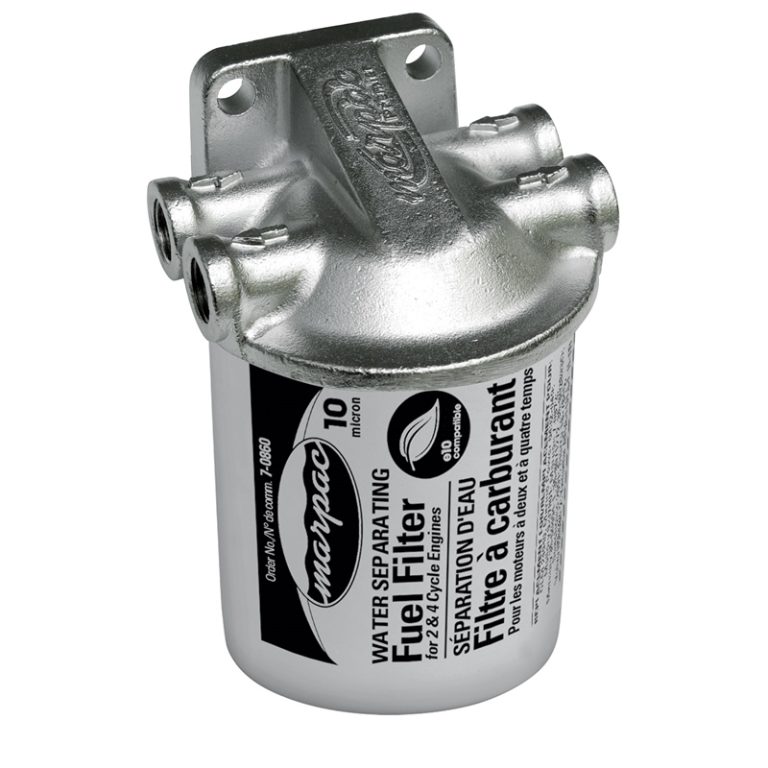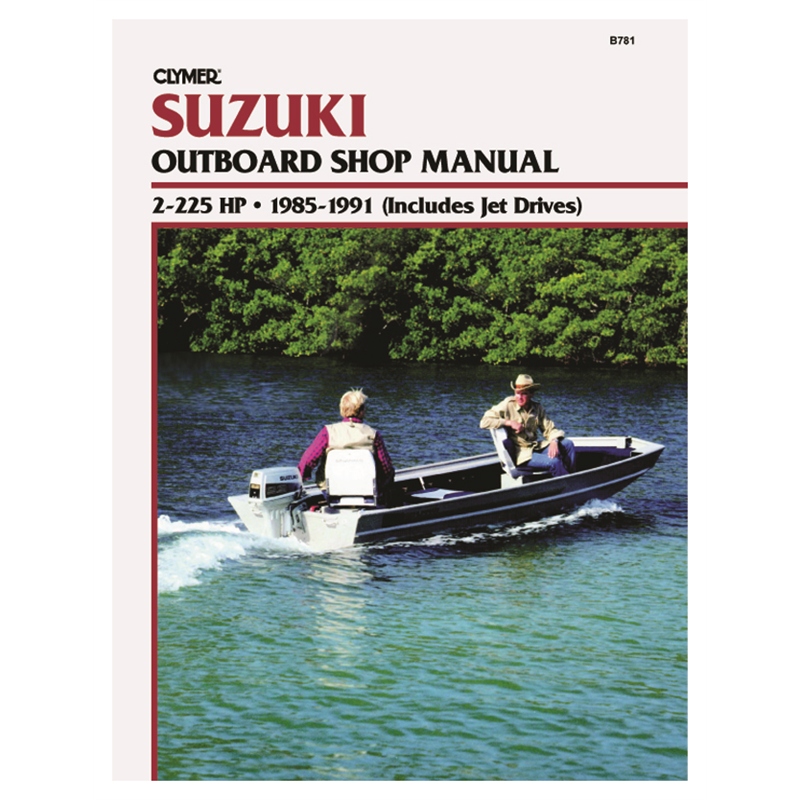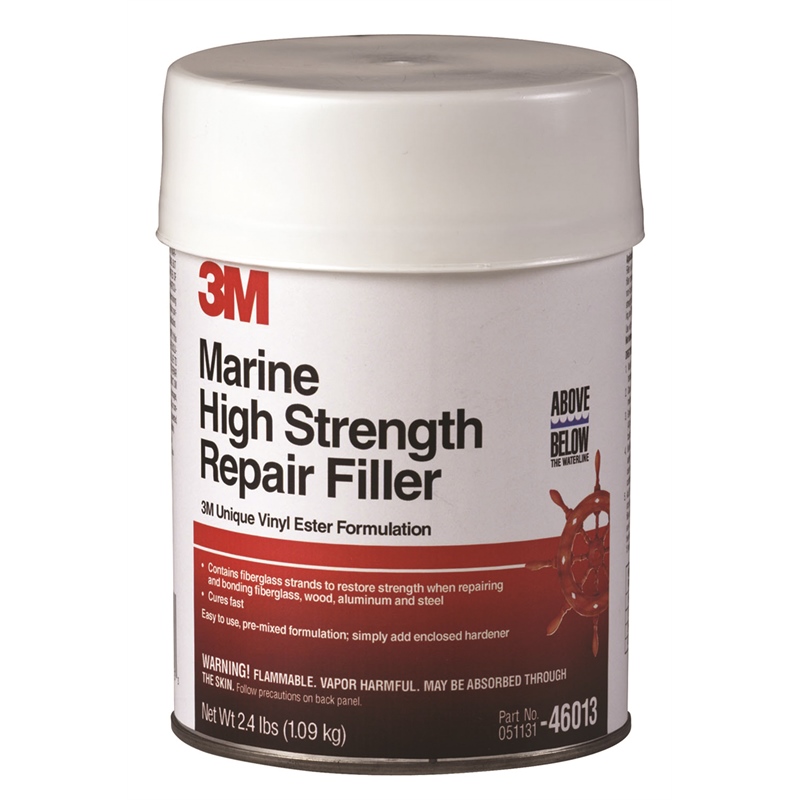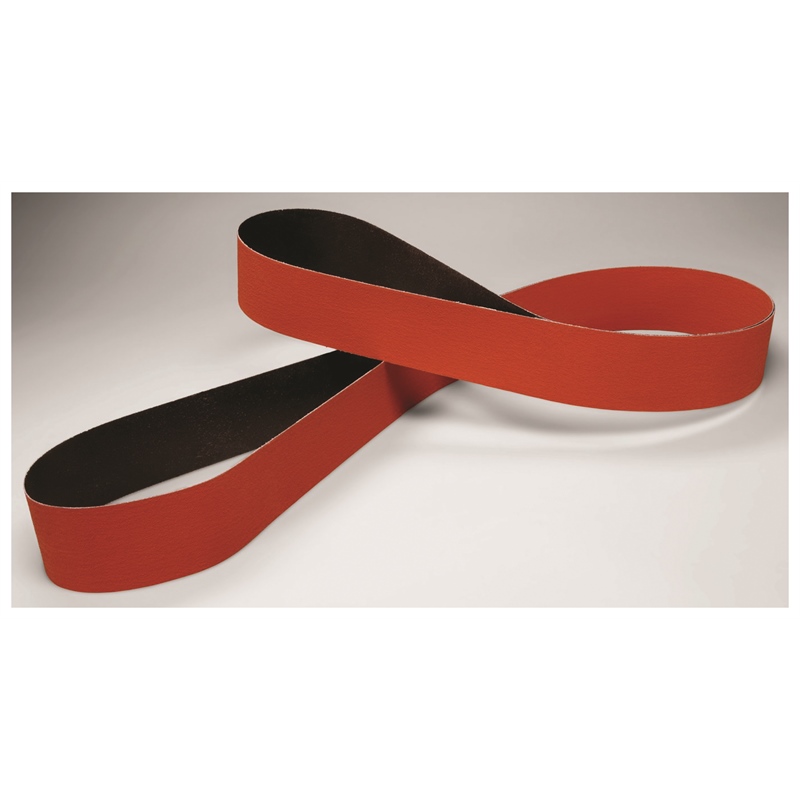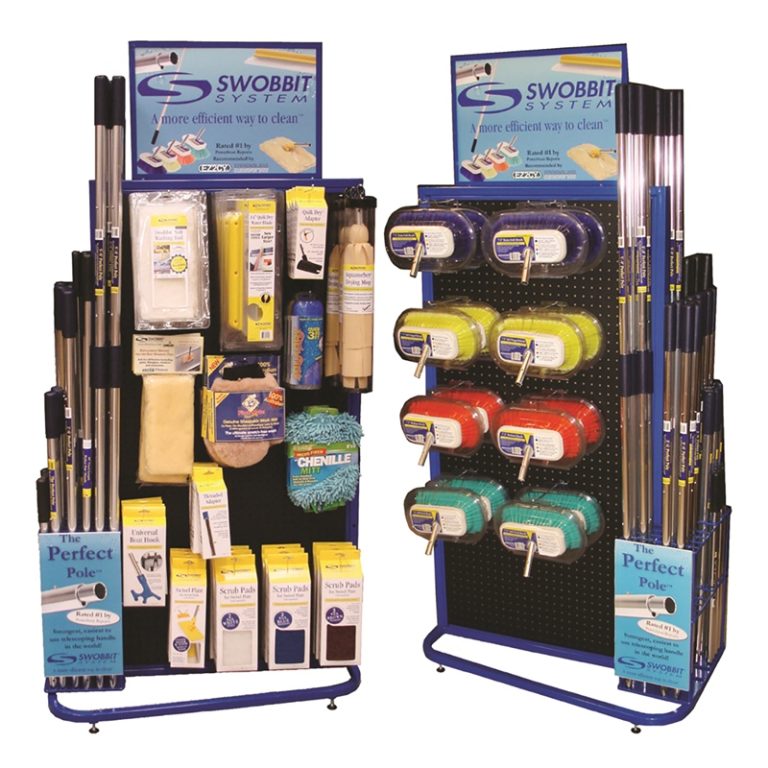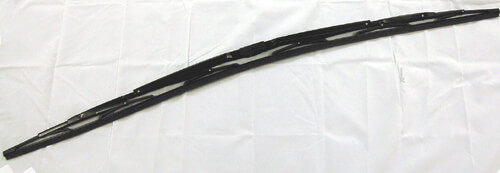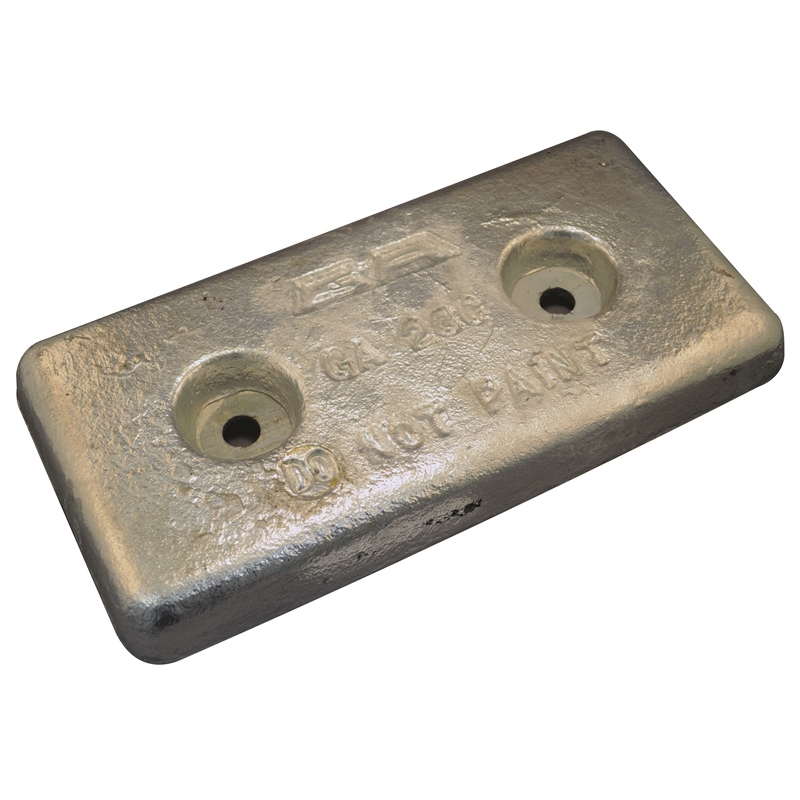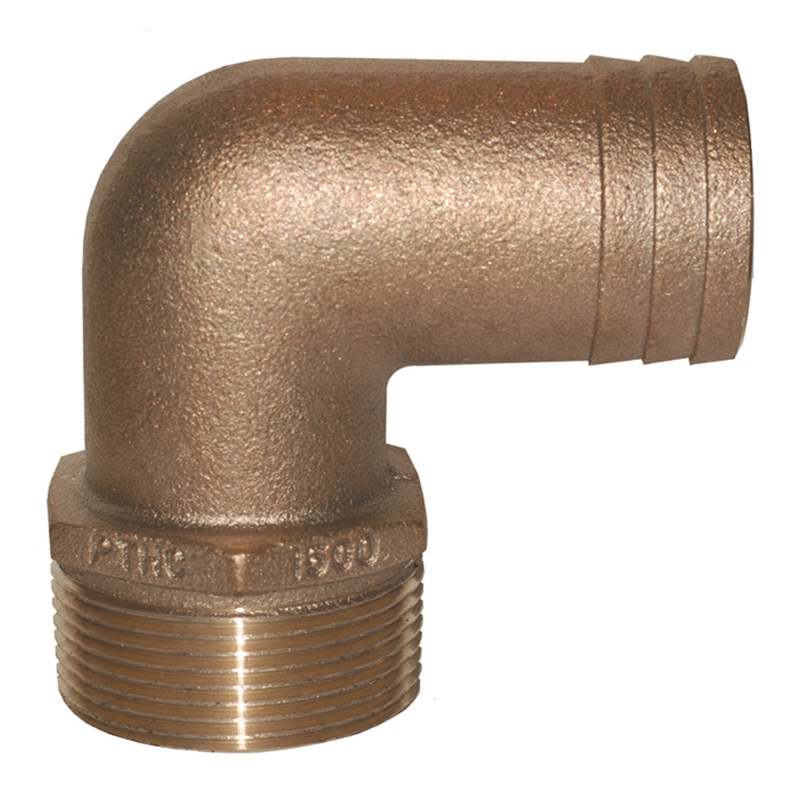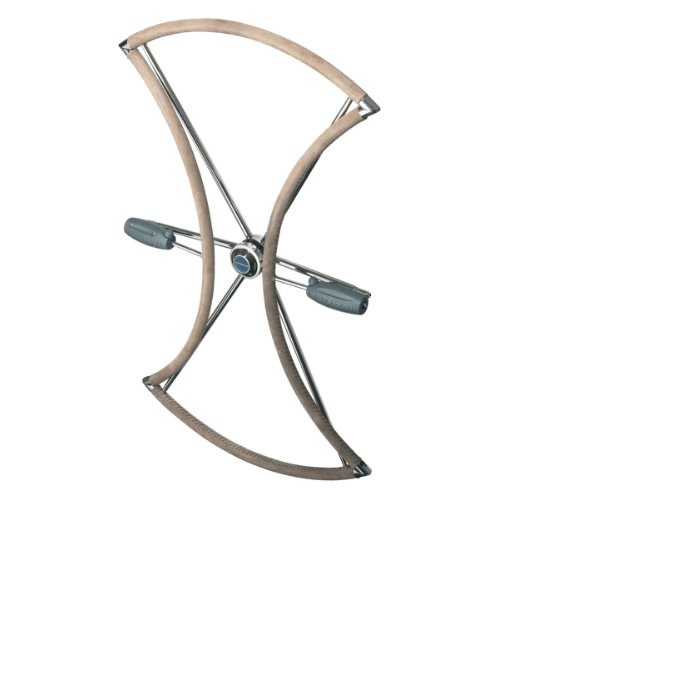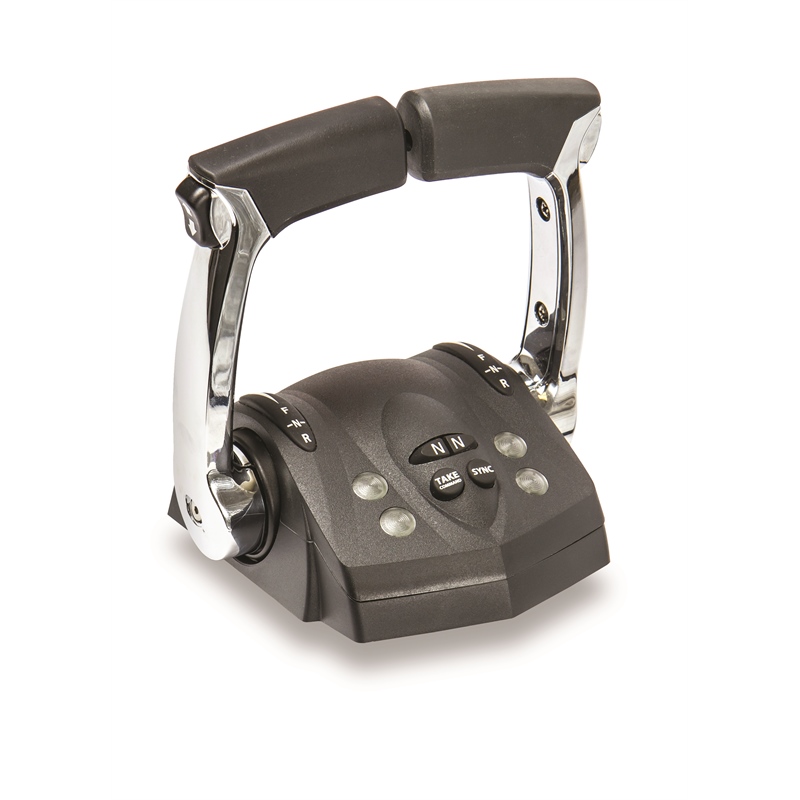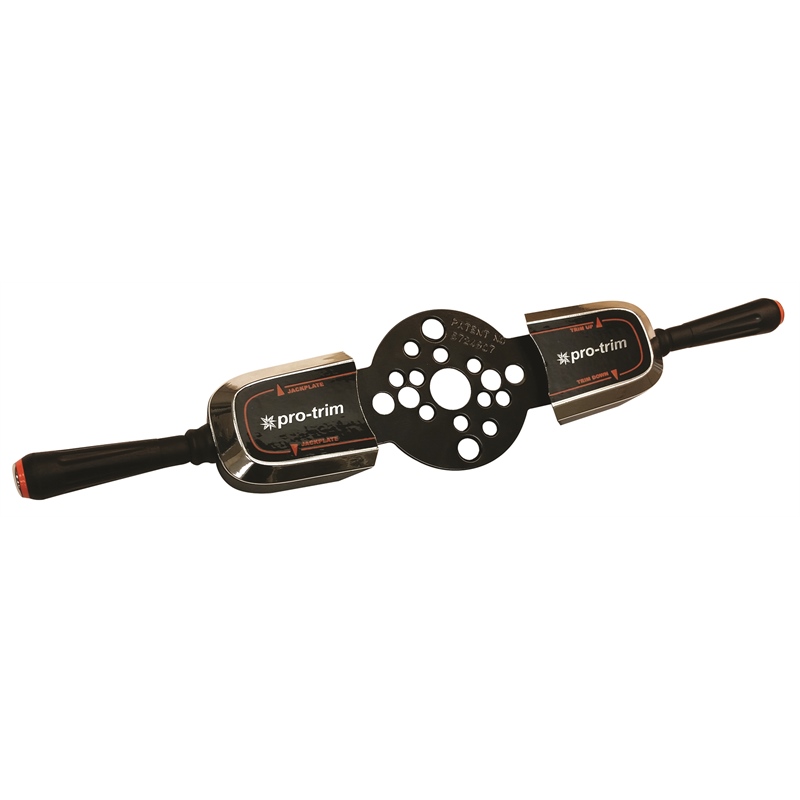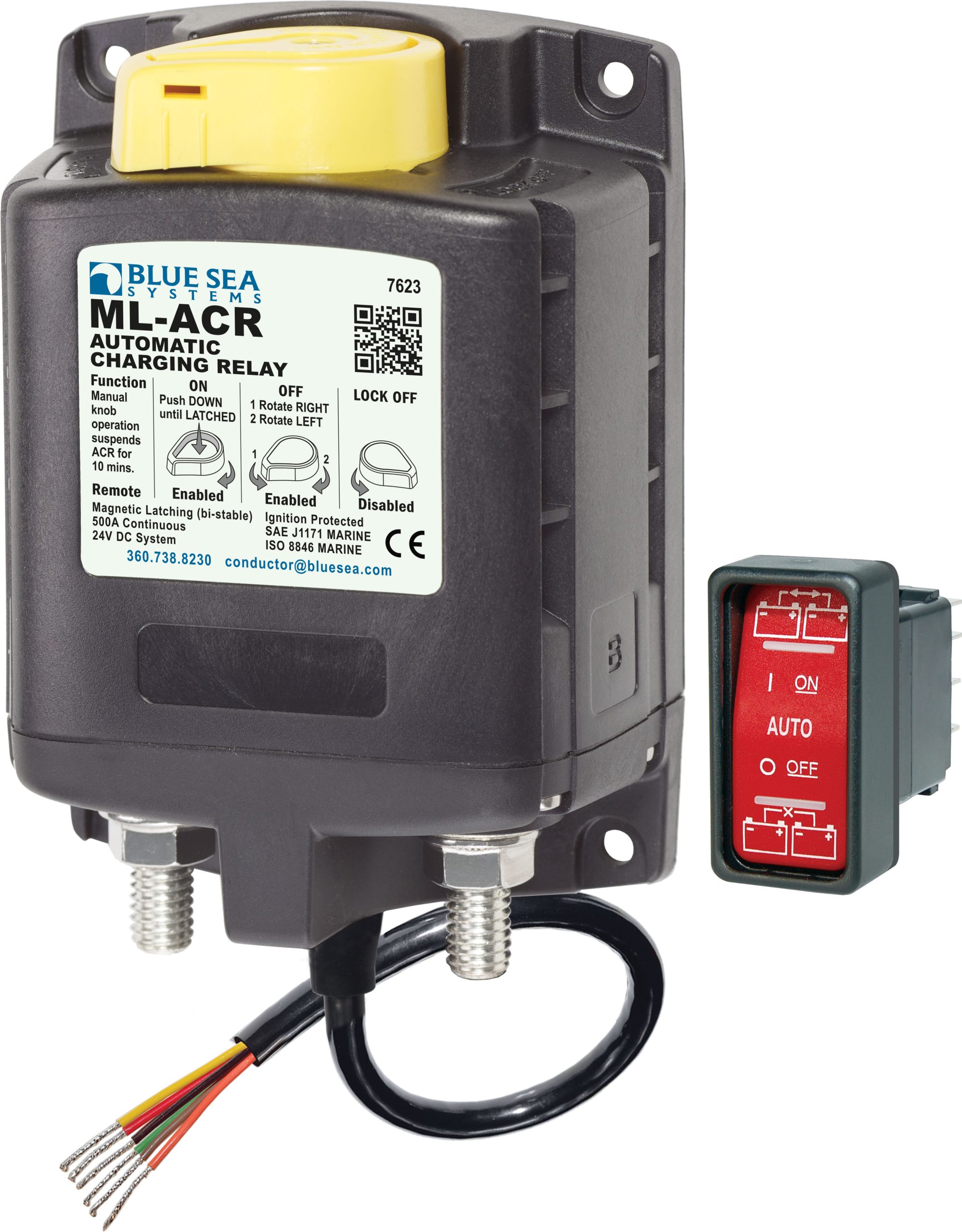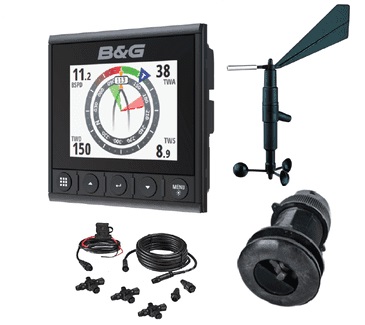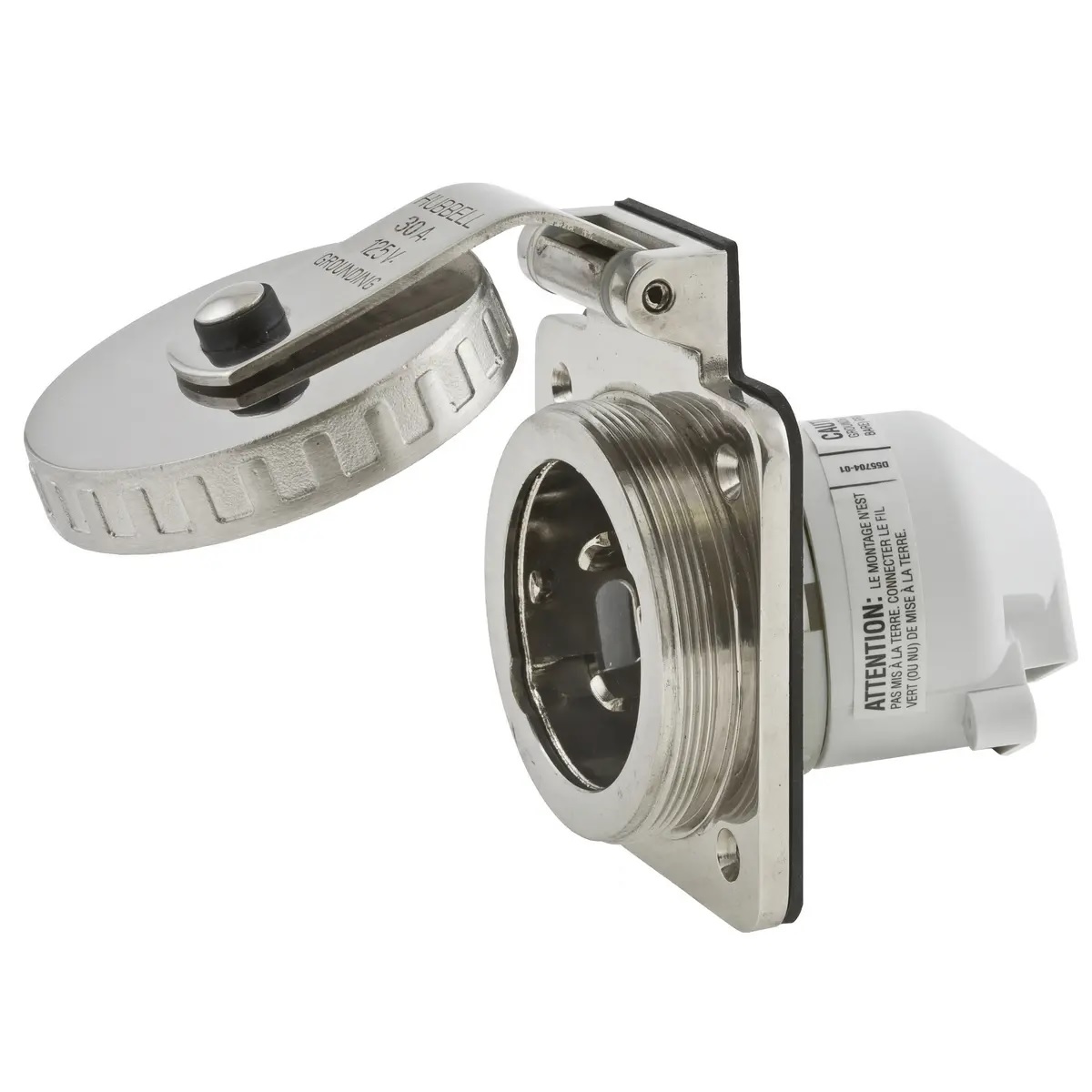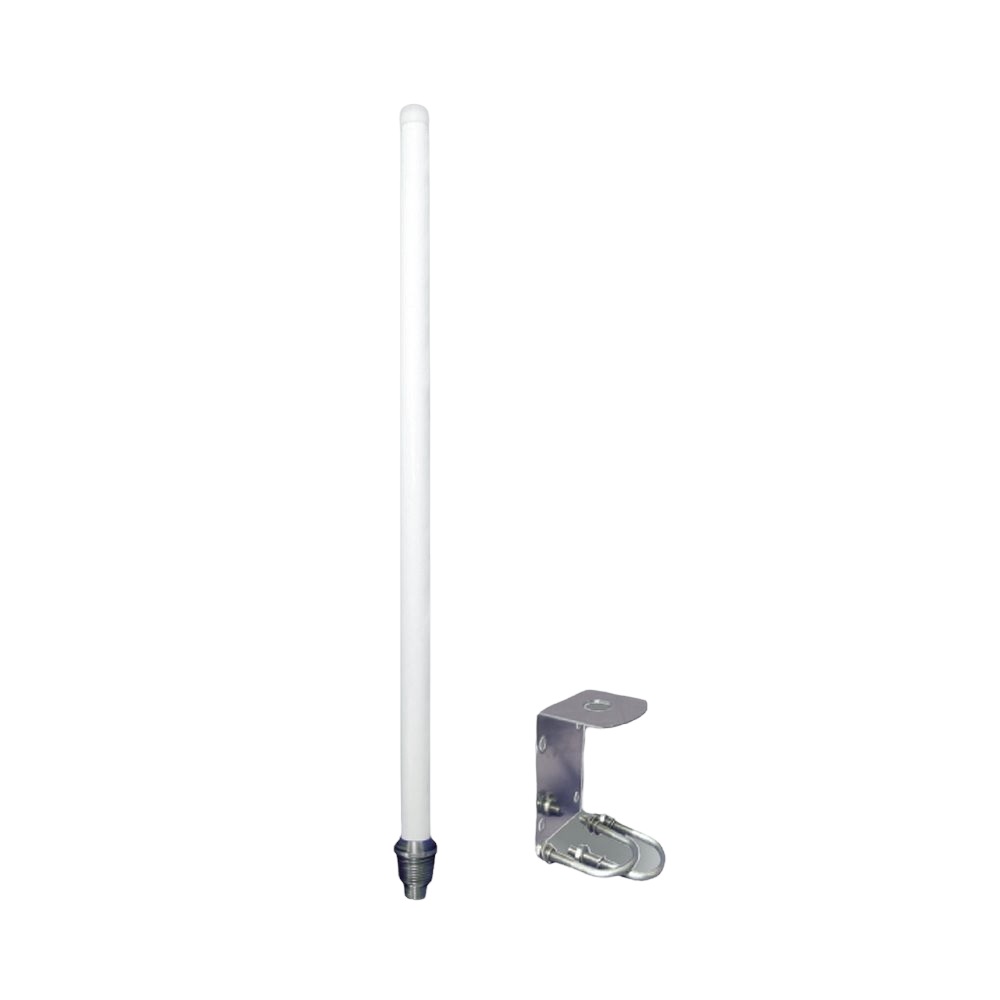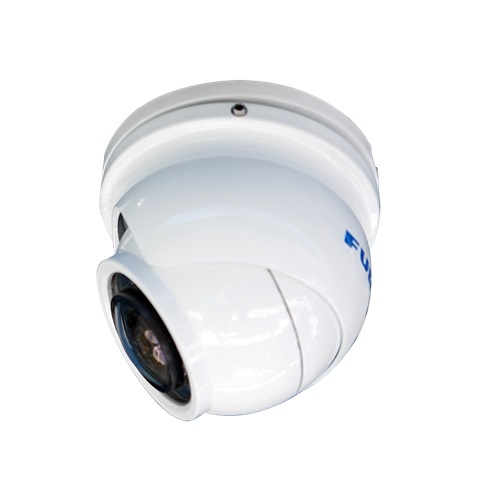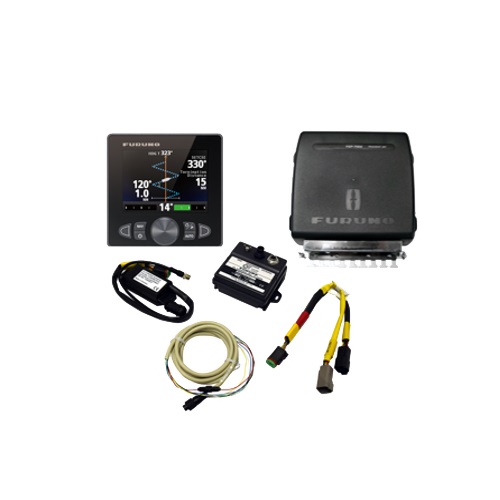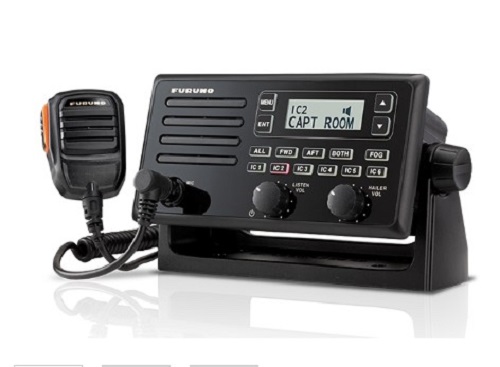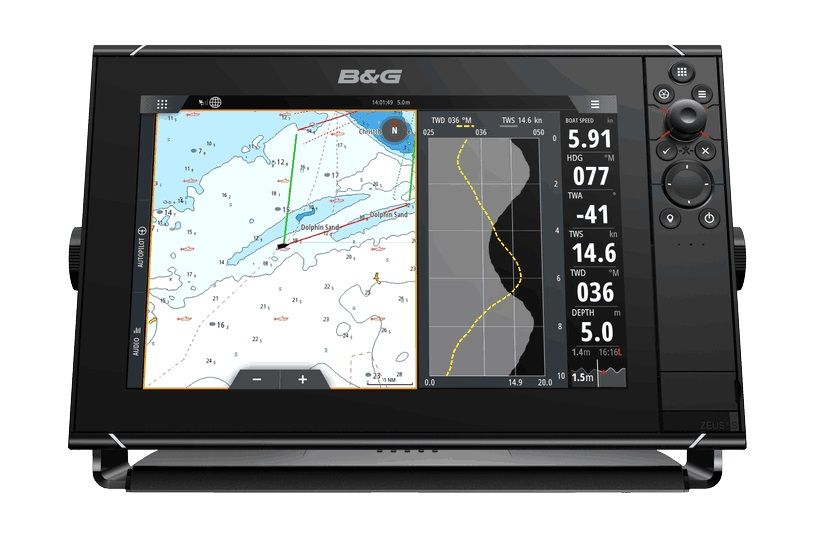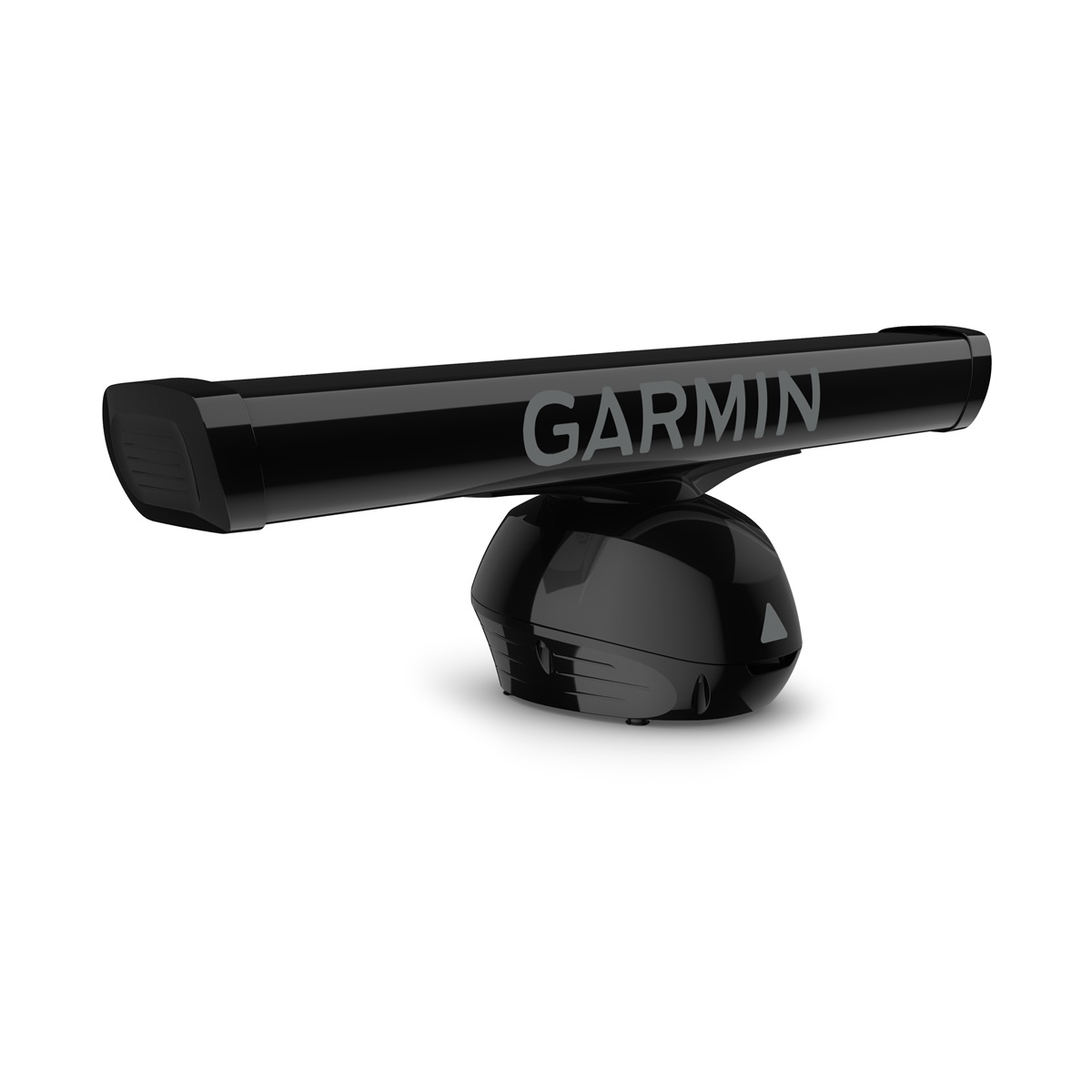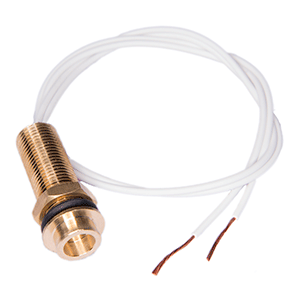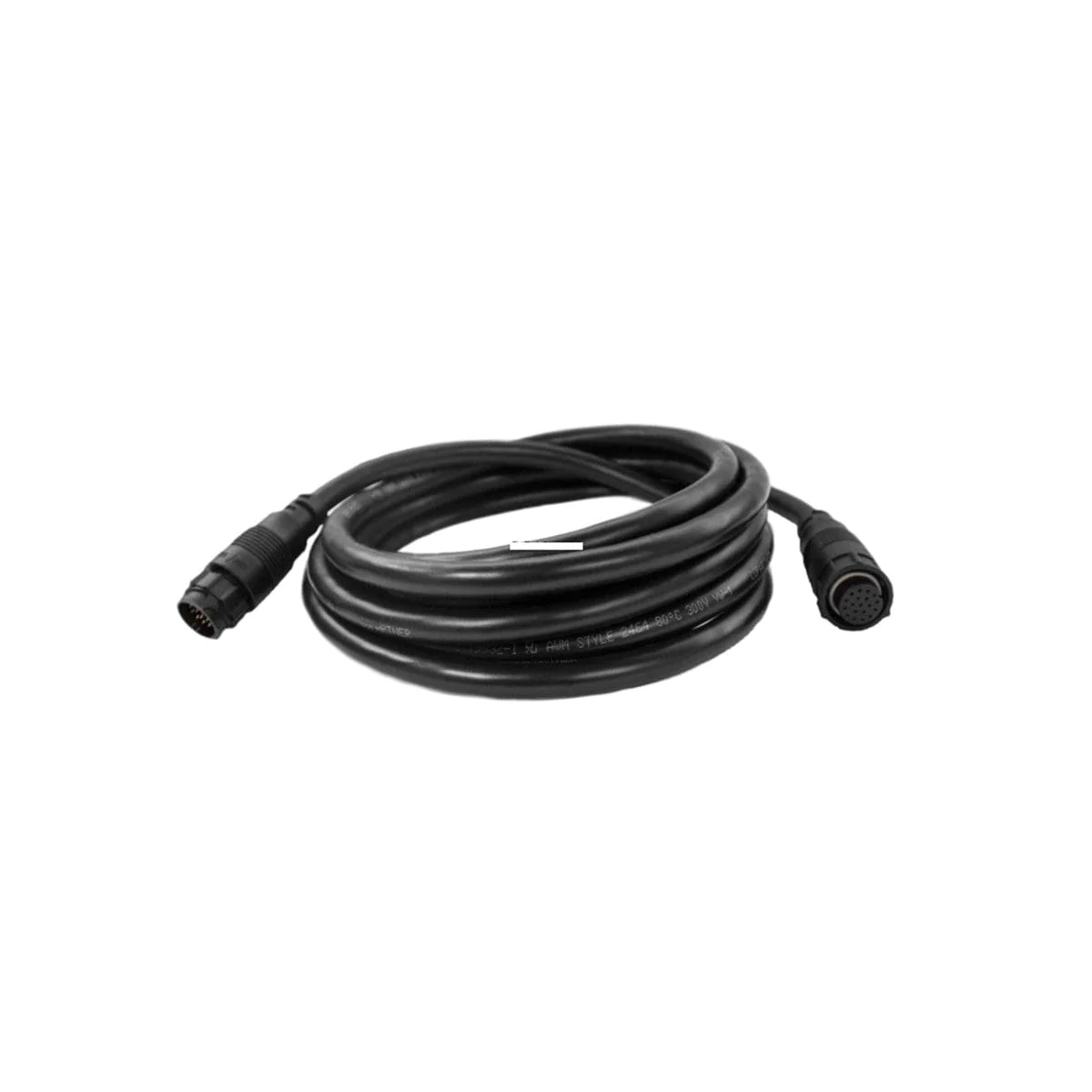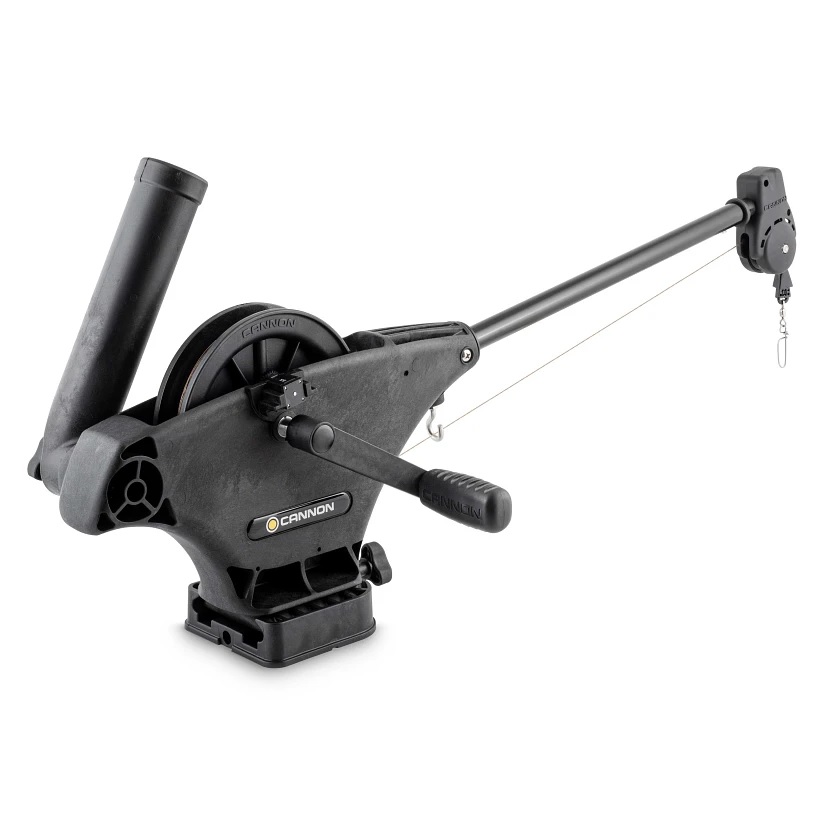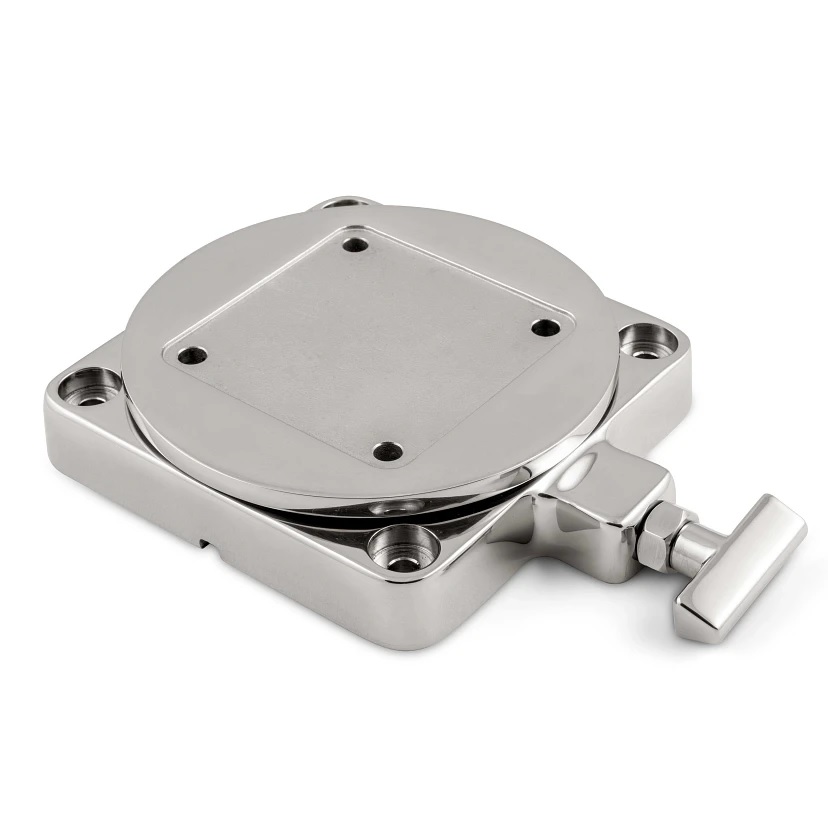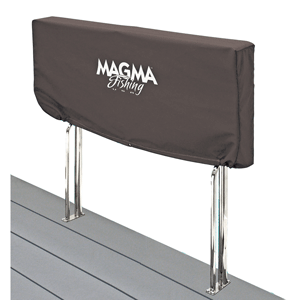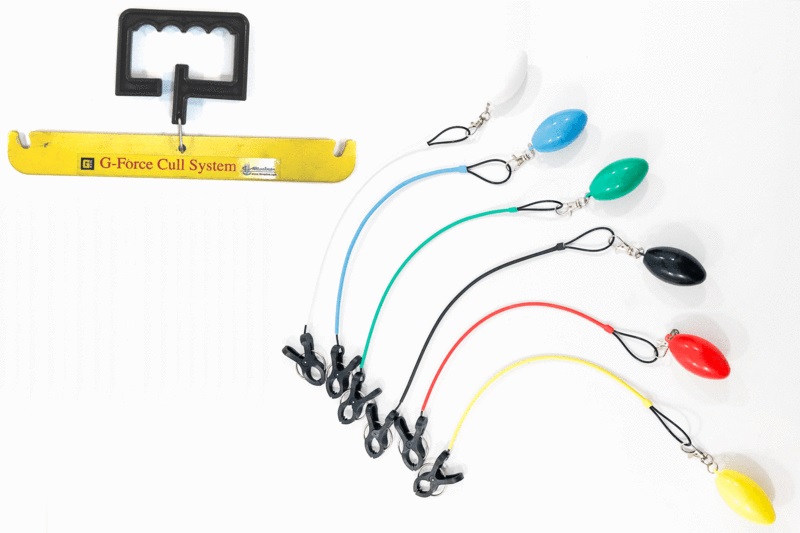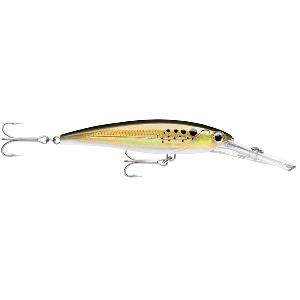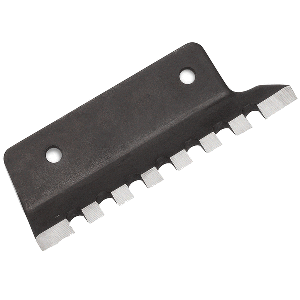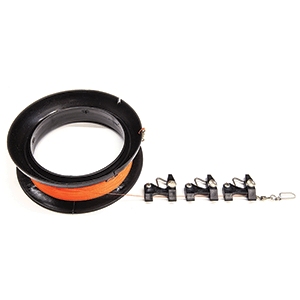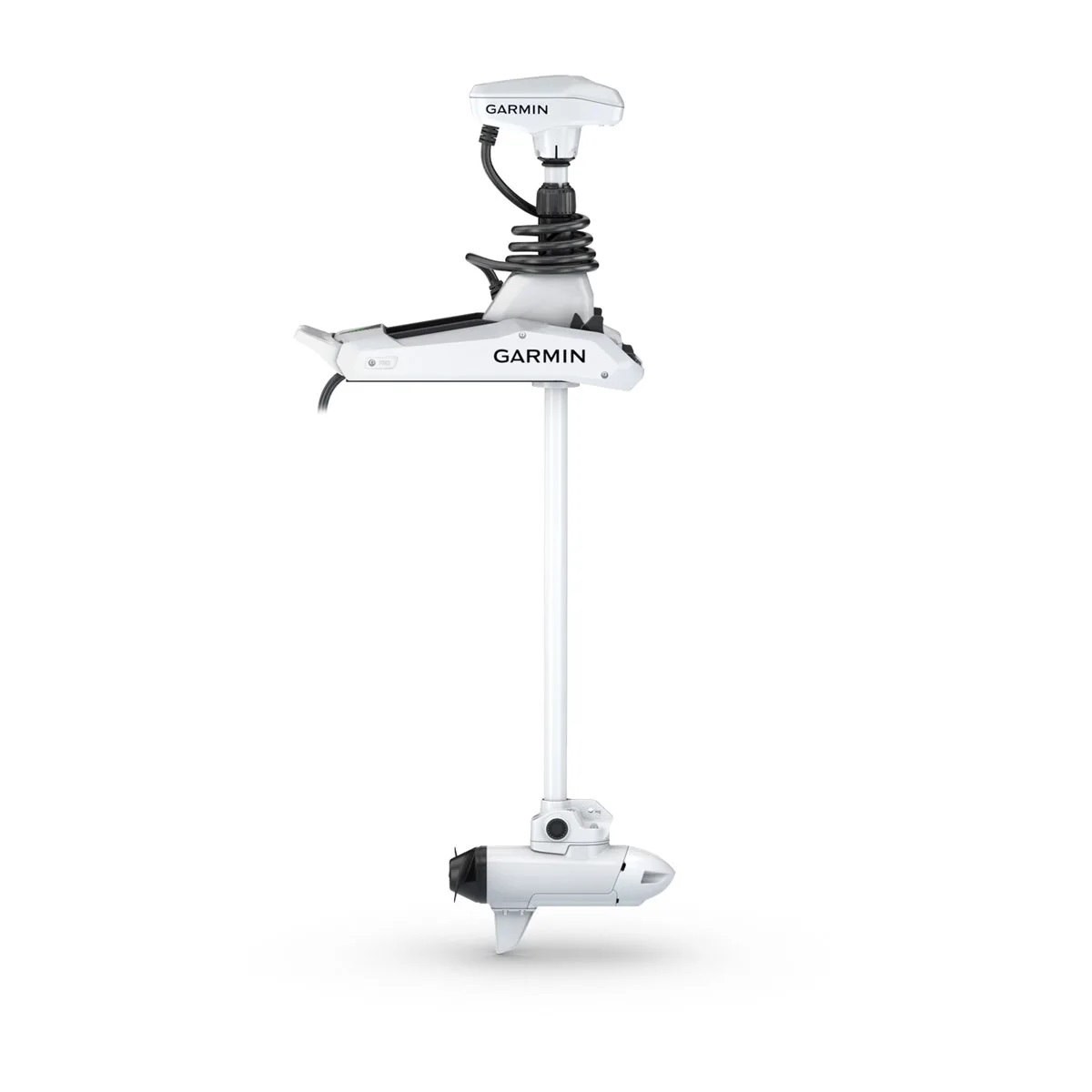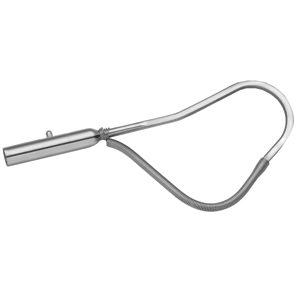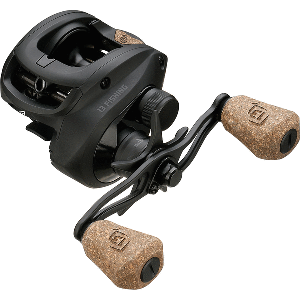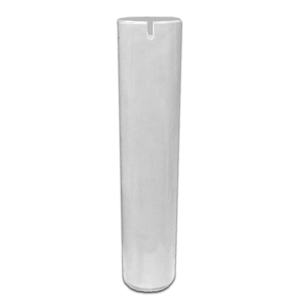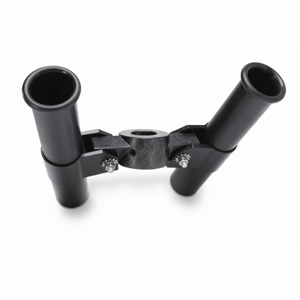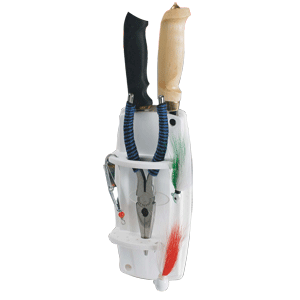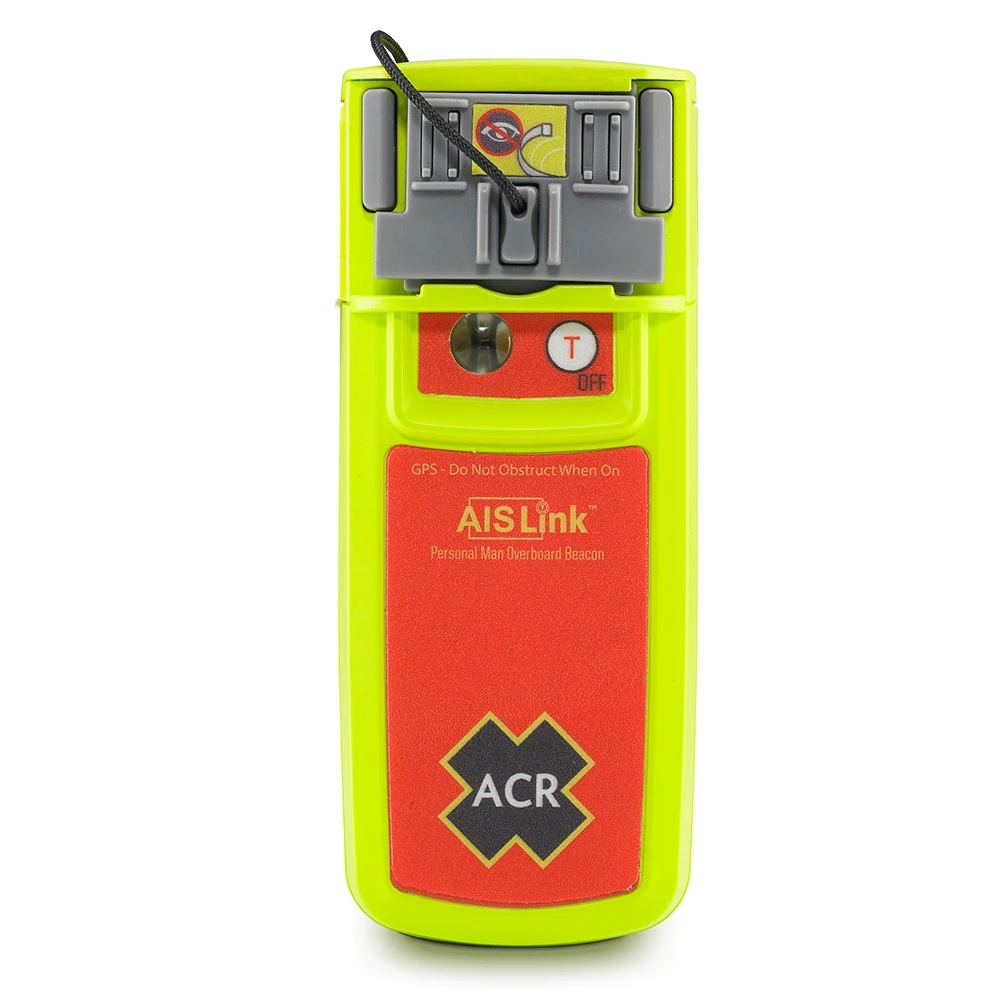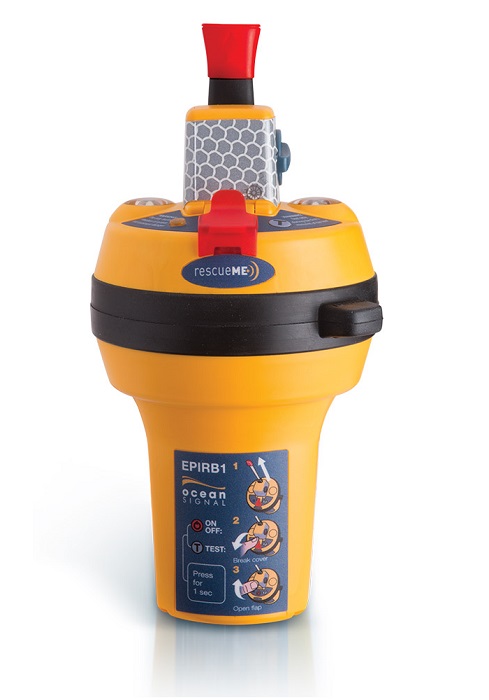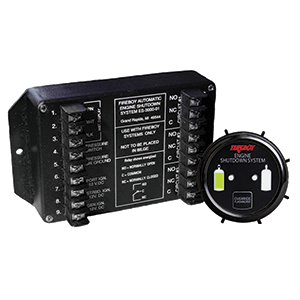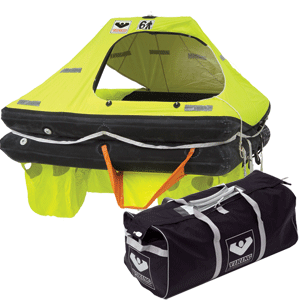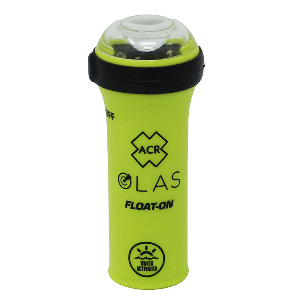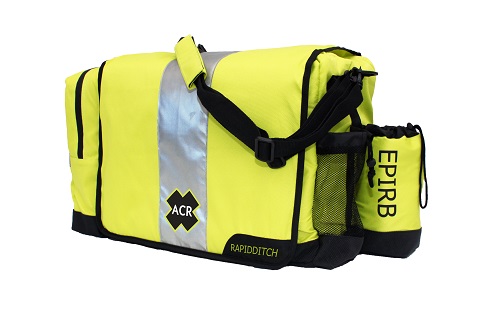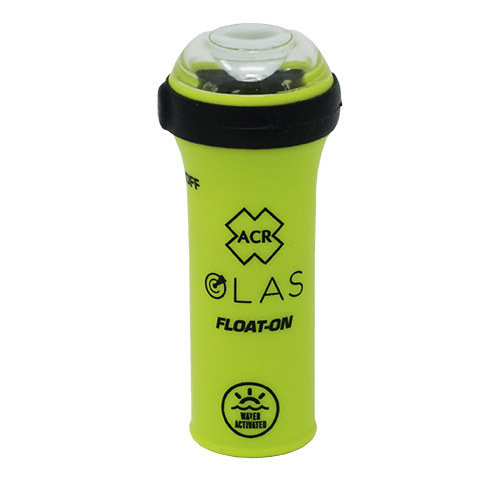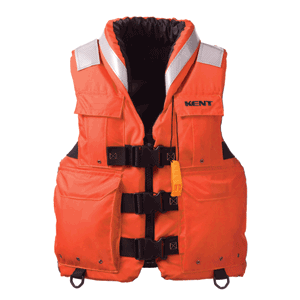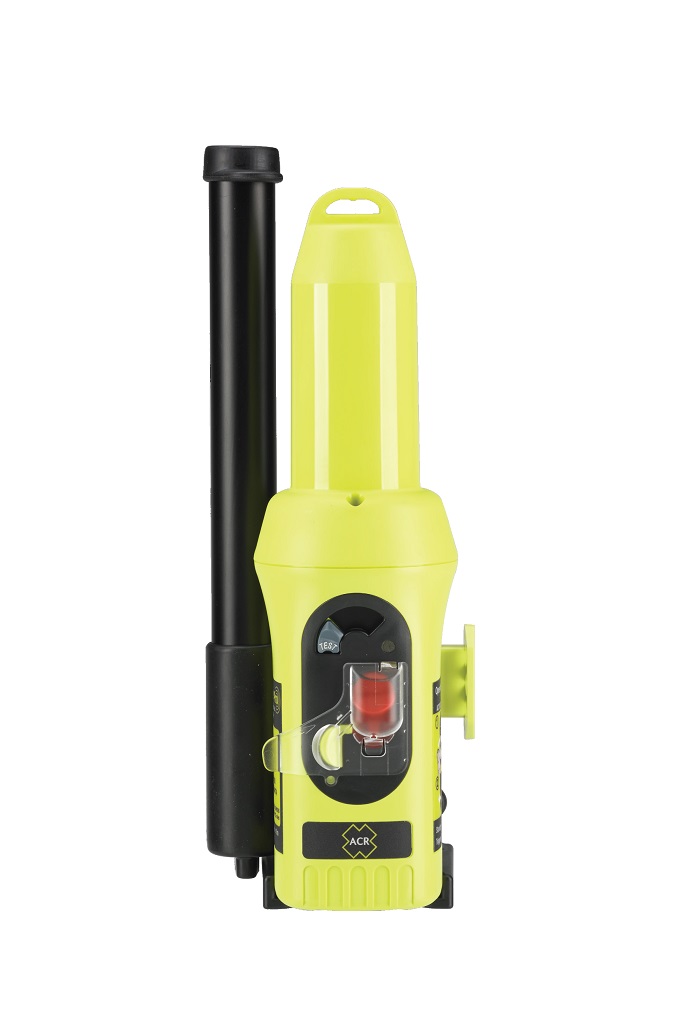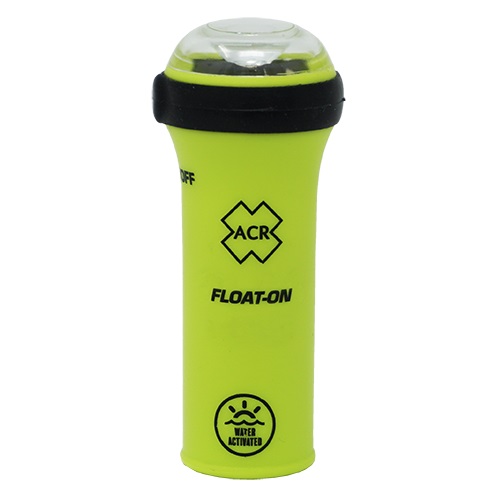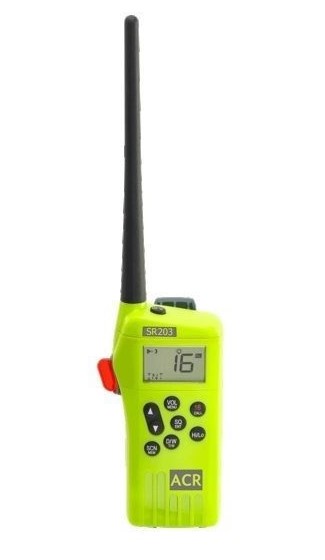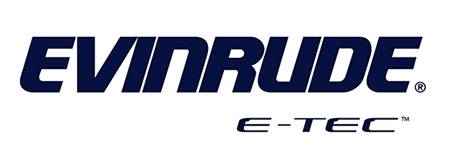Airmar R509C-LM Chirp Transducer – Pros & Cons Explained
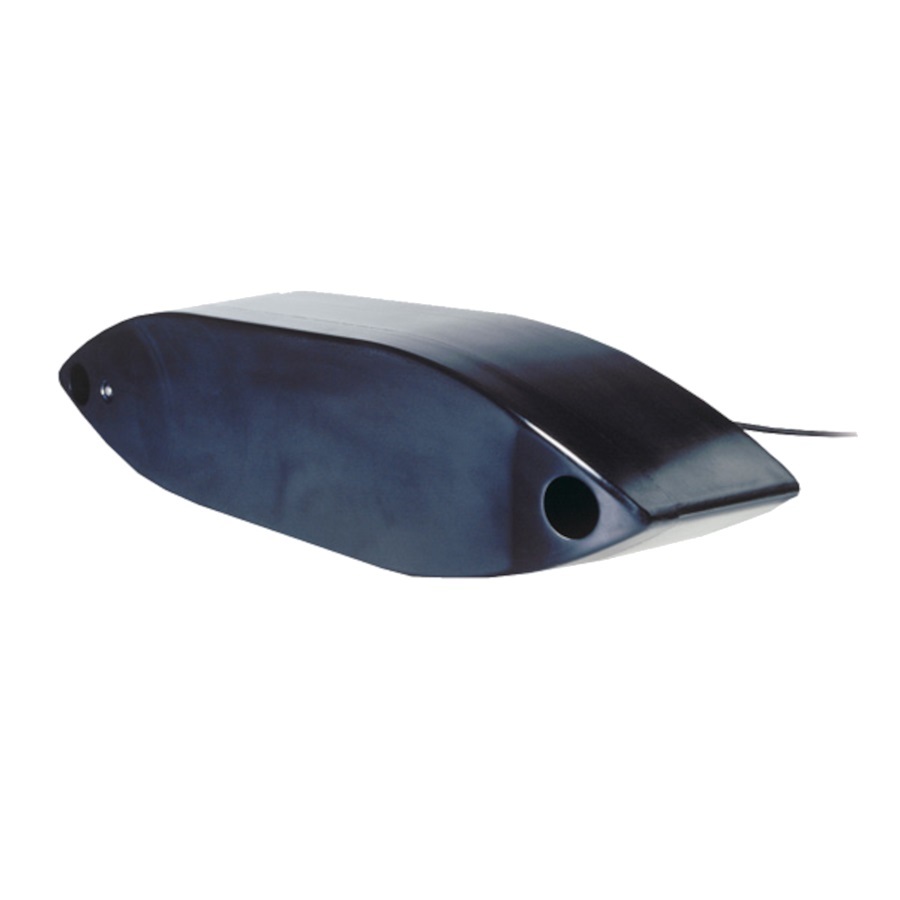
Introduction
When it comes to high-performance marine sonar systems, the Airmar R509C-LM Chirp Transducer stands tall among the competition. Designed for serious anglers and commercial marine operators, this 3KW thru-hull mount transducer provides unmatched accuracy and depth penetration in a range of environments. Operating on low and medium CHIRP frequencies, it delivers exceptionally clear fish arches, bottom contours, and water column targets even at extreme depths.
Built with a bronze thru-hull housing and temperature sensor, the Airmar R509C-LM Chirp Transducer is ideal for large vessels and deep-sea applications. Its no-connector design offers direct integration for a more reliable and waterproof setup. Whether you’re scanning for fish offshore or mapping the ocean floor, this transducer offers a massive upgrade over traditional sonar technologies.
Airmar R509C-LM Low/Med Chirp 3KW Thru-Hull Mount Depth/Temp No Connector for Boats & Marine Engines
Overview / What Is Airmar R509C-LM Chirp Transducer
The Airmar R509C-LM Chirp Transducer is a high-power sonar transducer using CHIRP (Compressed High-Intensity Radiated Pulse) technology. It supports low-frequency (28–60 kHz) and medium-frequency (80–130 kHz) bands, making it ideal for scanning both deep and mid-water targets. With a robust 3kW power rating, it provides strong sonar returns in conditions up to 10,000 feet.
This model lacks a factory-installed connector, offering direct hardwired installation for increased water resistance and reduced connection failure risks. It’s designed for thru-hull installation and is most compatible with fiberglass and metal-hulled vessels. Its built-in temperature sensor is a bonus for monitoring water conditions in real-time.
Why Choose the Airmar R509C-LM Over Other Models?
There are several reasons to choose the Airmar R509C-LM Chirp Transducer over other transducer models:
- Dual CHIRP Frequency Range: Enables broad underwater coverage and superior target separation.
- Extreme Depth Capability: Operates at 3kW to reach depths up to 10,000 ft.
- Thru-Hull Design: Ideal for large vessels requiring long-term, stable installation.
- Temperature Sensing: Monitors sea temperature for better fishing strategy and performance.
The LM frequency combination is perfect for targeting fish species residing in both mid and deepwater zones—giving you versatility with a single device.
Transducer Compatibility and Integration with Sonar Systems
The Airmar R509C-LM Chirp Transducer is compatible with most CHIRP-enabled fishfinders and sonar modules from major brands such as Garmin, Simrad, Raymarine, and Furuno. Due to the absence of a connector, it’s important to ensure proper wiring protocols when integrating with sonar modules.
Custom wiring might be necessary, so always consult your fishfinder’s technical manual. For Yamaha-powered vessels, integration with their digital networks is possible by referring to Yamaha Outboards compatibility documents.
Maintenance Tips
Ensuring your Airmar R509C-LM Chirp Transducer remains functional and accurate for years requires regular maintenance. Follow these essential tips:
- Inspect Housing: Regularly inspect the bronze thru-hull housing for damage or marine growth.
- Clean Exterior: Clean the face of the transducer with a soft cloth and marine-safe soap to remove algae and debris.
- Monitor Cables: Check internal wiring for corrosion, abrasion, or water intrusion.
- Seal Check: Reapply marine sealant if any leaks or cracks are observed near the mounting area.
- Update Software: Ensure your sonar system firmware is up-to-date for optimal signal processing.
Consistent care helps maintain signal integrity, prevents downtime, and extends the life of your investment.
How to Install Airmar R509C-LM Chirp Transducer
Installing the Airmar R509C-LM Chirp Transducer requires precision. Start by selecting a spot on the hull where the transducer will have an unobstructed flow of water while underway. A forward-centerline location is ideal on V-hull boats. Drill a hole with a marine-rated hole saw sized for the bronze housing.
Apply a waterproof marine sealant to both sides of the flange before tightening the locking nut. Inside the hull, wire the bare leads directly into your sonar module per the wiring diagram. Double-check polarity and impedance matching. If unsure, consult a marine technician for professional installation to avoid water intrusion or signal loss.
How to Troubleshoot Airmar R509C-LM Chirp Transducer Issues
If you’re experiencing problems with the Airmar R509C-LM Chirp Transducer, there are a few potential causes and solutions:
- Weak or No Reading: Check cable continuity and sonar module compatibility settings.
- Erratic Readings: Clean the transducer face and check for turbulence from hull design or mounting location.
- Overheating: Verify voltage levels from the power supply and inspect all grounding connections.
For reliable troubleshooting, consult your sonar manufacturer or use third-party CHIRP analyzers to assess pulse consistency and echo returns.
Expert Advice and Pro Recommendations
Marine electronics specialists often recommend the Airmar R509C-LM Chirp Transducer for bluewater fishing expeditions, research vessels, and commercial marine applications. Its CHIRP frequency split between low and medium ranges is perfect for locating fish from the seabed to the midwater column.
Unlike some compact transducers, this model is built to withstand high-speed trolling and turbulent offshore conditions. It’s a long-term investment that can drastically improve fish detection and bottom profiling when matched with the right sonar system.
Buy now: Airmar R509C-LM Low/Med Chirp 3KW Thru-Hull Mount Depth/Temp No Connector and use code WELCOME5 to receive 5% off your order.
Detailed FAQ Section
How do I install the Airmar R509C-LM Chirp Transducer properly?
Proper installation begins with choosing an optimal hull location where water flow is clean and consistent. Drill the appropriate hole size for the bronze housing and apply a quality marine-grade sealant around the flange. Secure the transducer with the locking nut from inside the hull. Next, route the cabling neatly to your sonar module, and refer to your brand’s wiring guide since this model does not include a connector. Confirm all connections are waterproof and corrosion-resistant. Finally, test the transducer at dockside to verify depth readings before heading offshore. Professional installation is recommended for best performance and warranty adherence.
Is the Airmar R509C-LM suitable for freshwater fishing?
Yes, the Airmar R509C-LM Chirp Transducer works in both saltwater and freshwater conditions. While it’s primarily designed for deep-sea and offshore fishing, freshwater anglers targeting deep lakes and reservoirs can also benefit. Its low and medium CHIRP bands offer detailed bottom tracking and precise fish targeting in lakes where thermoclines and suspended baitfish are common. Just ensure your hull material and sonar system are compatible with a thru-hull bronze installation.
What sonar systems are compatible with the Airmar R509C-LM?
This transducer is compatible with most CHIRP-enabled sonar modules and fishfinders from leading brands such as Furuno, Garmin, Simrad, Raymarine, and others. The key factor is the ability of the sonar module to support 3kW power input and interpret CHIRP frequencies in the 28–60 kHz and 80–130 kHz ranges. Due to the lack of a connector, custom wiring is necessary. Verify with your sonar manufacturer’s specifications to ensure signal integrity and proper impedance matching.
How does this model differ from the R509C-LHW version?
The primary difference lies in the frequency configuration. The R509C-LM supports low (28–60 kHz) and medium (80–130 kHz) CHIRP bands, while the R509C-LHW supports low and high-wide bands. The LM version provides excellent balance between deep and midwater clarity, while the LHW version is more focused on shallow, wide-angle scanning. Choosing between the two depends on your typical fishing depth and sonar preferences. If you target species in deeper offshore environments, the LM model is a more appropriate fit.
What is the expected lifespan of this transducer?
With proper maintenance, the Airmar R509C-LM Chirp Transducer can last well over a decade. The bronze housing is corrosion-resistant and built for permanent installation. Its internal ceramic elements are durable, provided you avoid physical impact and voltage spikes. Regularly cleaning the transducer face, checking seal integrity, and ensuring waterproof wiring are key to extending the life of this product. Some professional users report reliable performance even after 12+ years in saltwater environments.
Conclusion
The Airmar R509C-LM Chirp Transducer is a powerhouse solution for serious offshore and midwater sonar applications. Its low and medium frequency CHIRP capabilities offer enhanced fish detection, superior target separation, and deeper penetration than traditional transducers. While it requires professional installation due to its no-connector design, the payoff is years of dependable sonar clarity in any marine condition.
Special Offer
WELCOME5 – Get 5% off storewide at allboatsupplies.com
🚀 Instant Assistance: Need help selecting the right product? Drop your contact in the chatbox at the bottom right corner, and our expert team will reply within 30 minutes with the best product suggestion for your boat — including a ready-to-use checkout link. We’re fast, knowledgeable, and always here for your boating needs!
No more guesswork — just message us and get a personalized checkout link fast!
Let us handle the hassle — expert support, quick replies, and smooth checkout. Your boat deserves the best.
🔥 Up to 5% OFF – Limited Time!
Use code WELCOME5 on Airmar R509C-LM Low/Med Chirp 3KW Thru-Hull Mount Depth/Temp No Connector
🚀 Buy Now – Airmar R509C-LM Low/Med Chirp 3KW Thru-Hull Mount Depth/Temp No Connector
Read More
For more helpful marine maintenance guides, check out our article on Garmin handheld marine GPS – reman, inReach, BlueChart G3.


